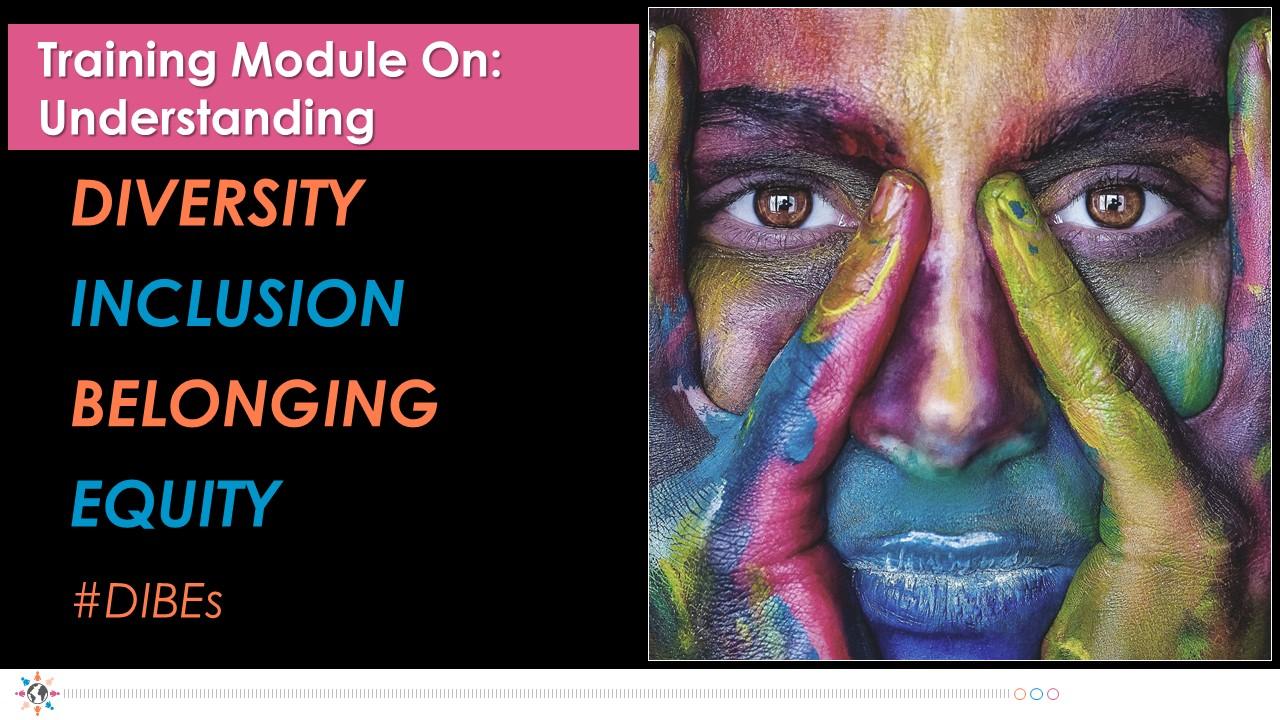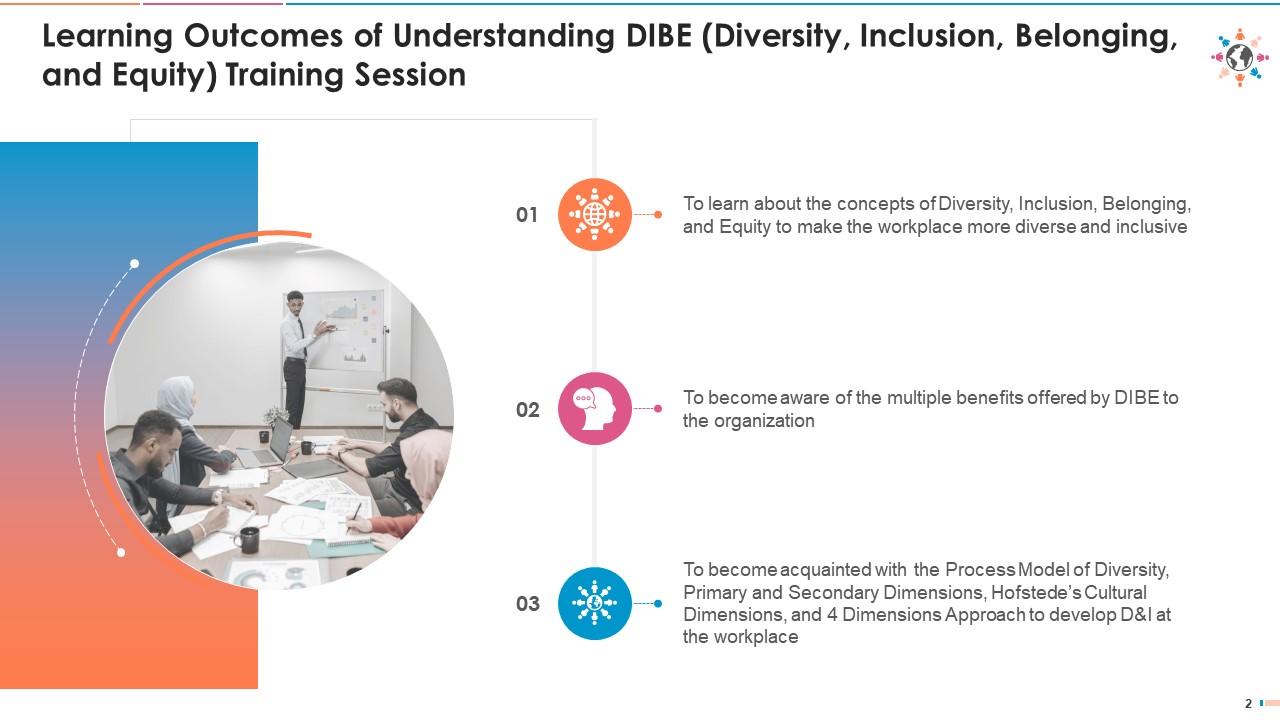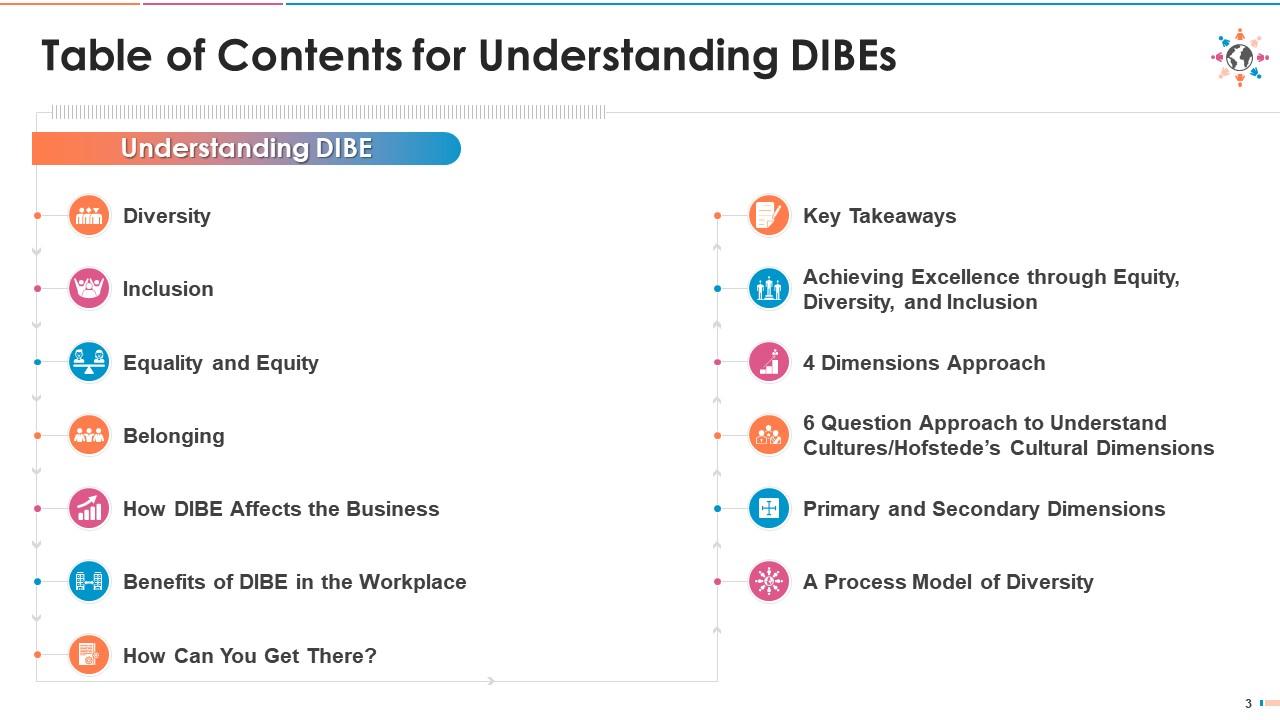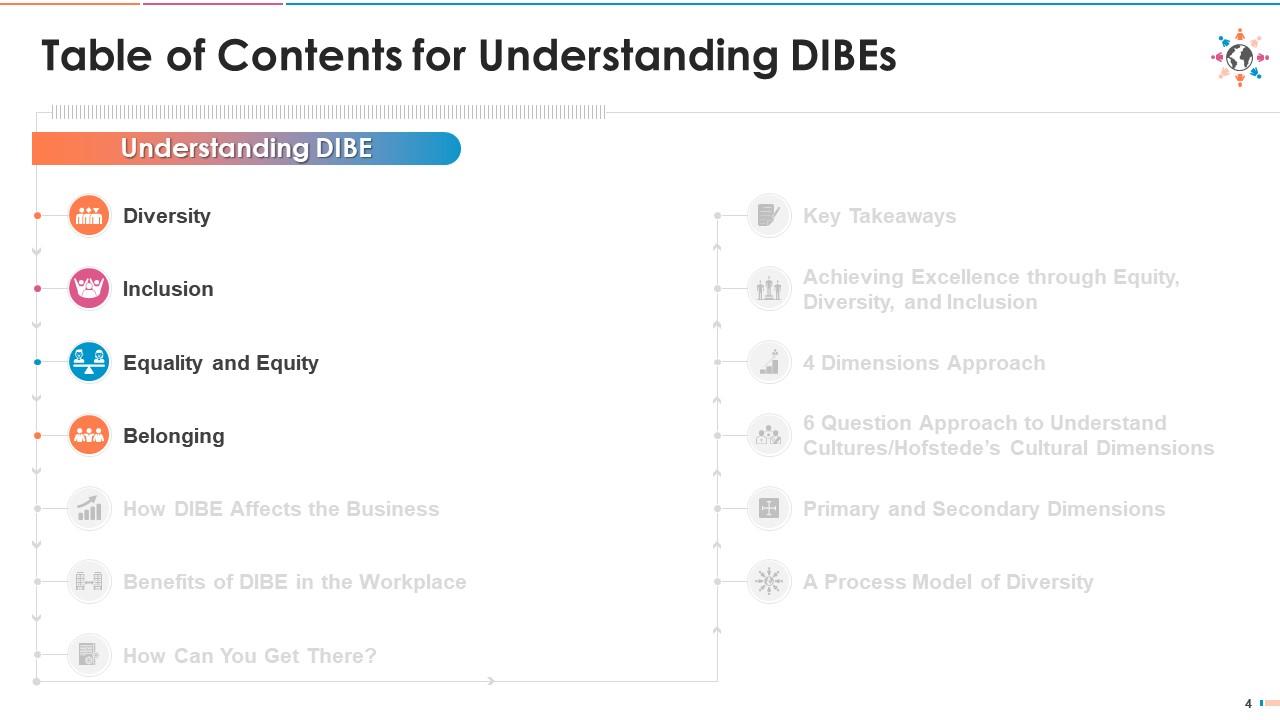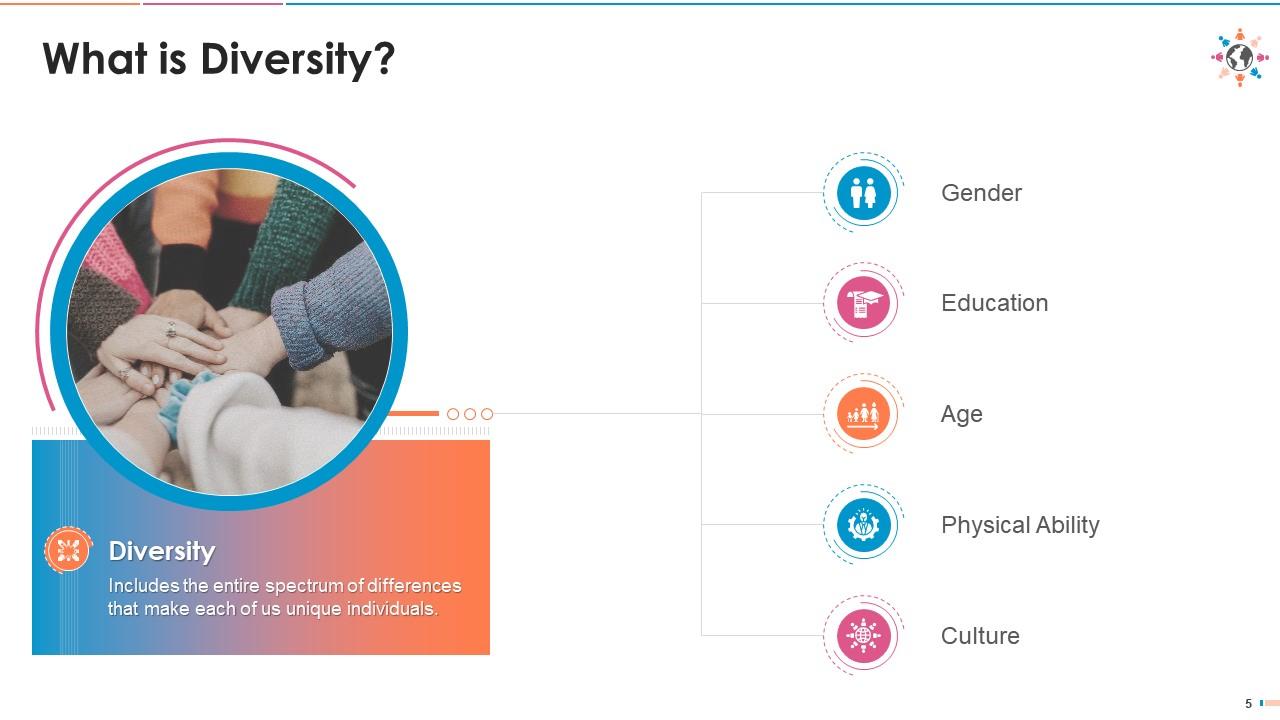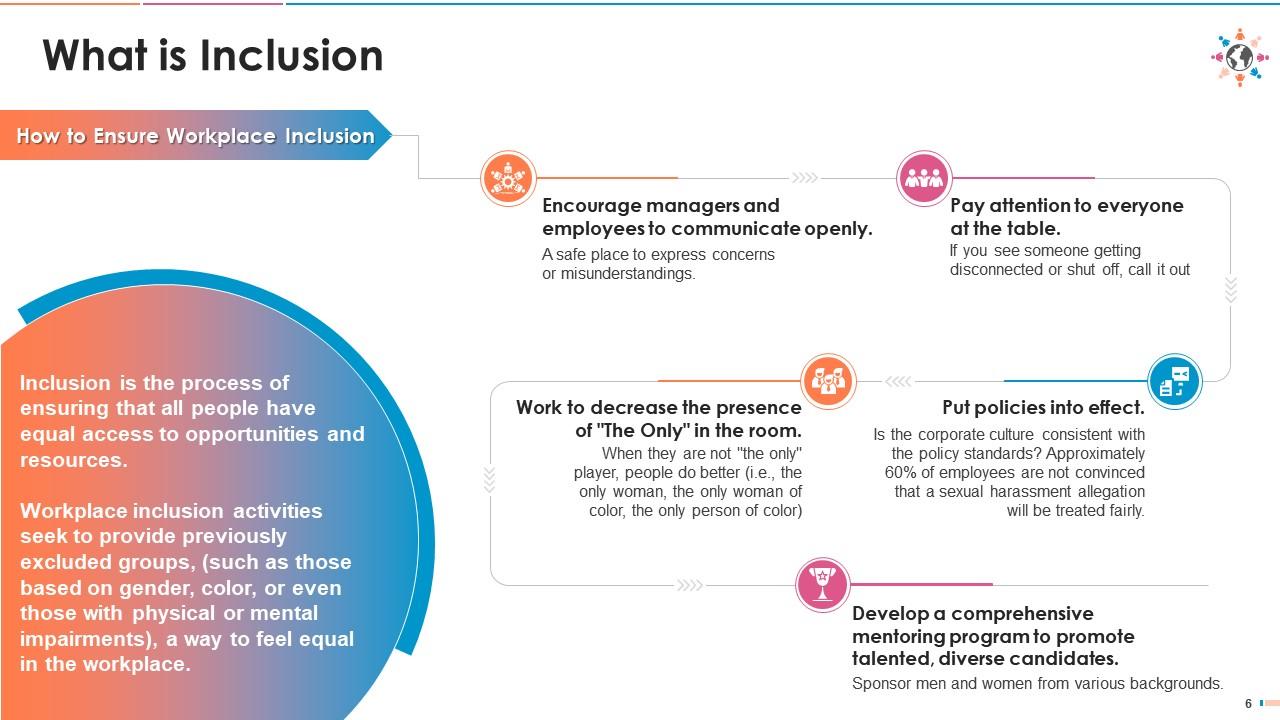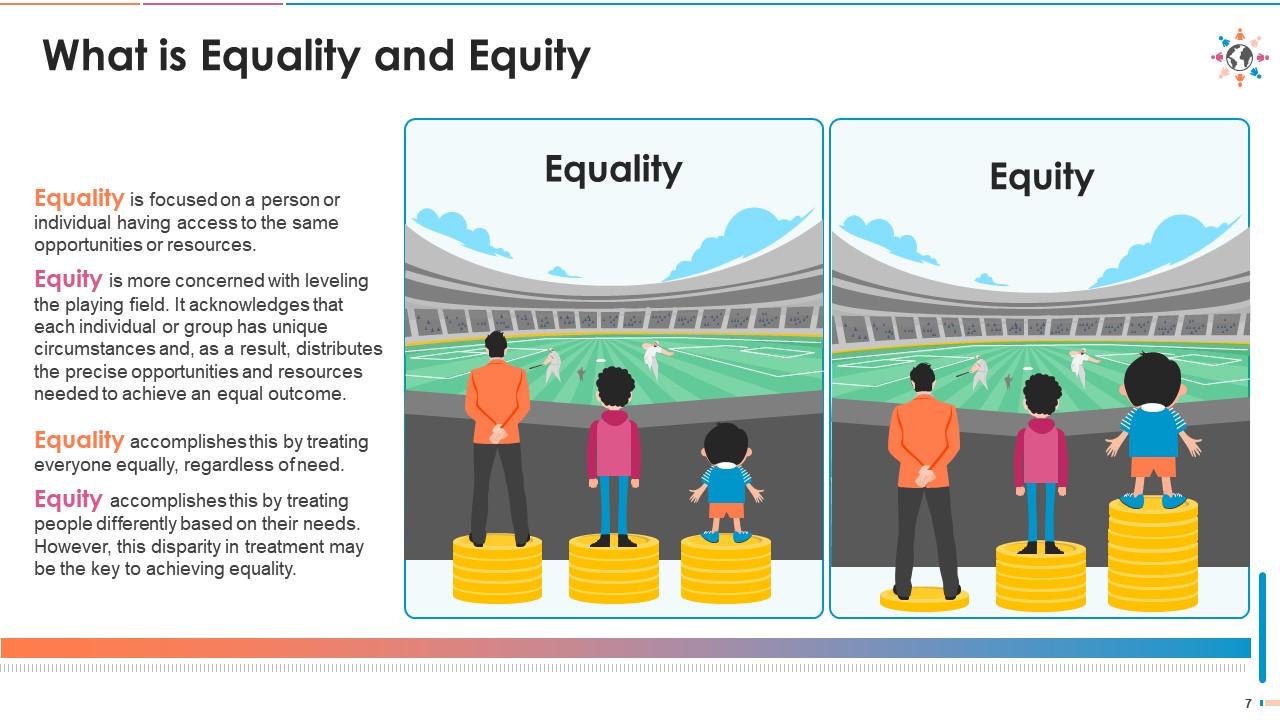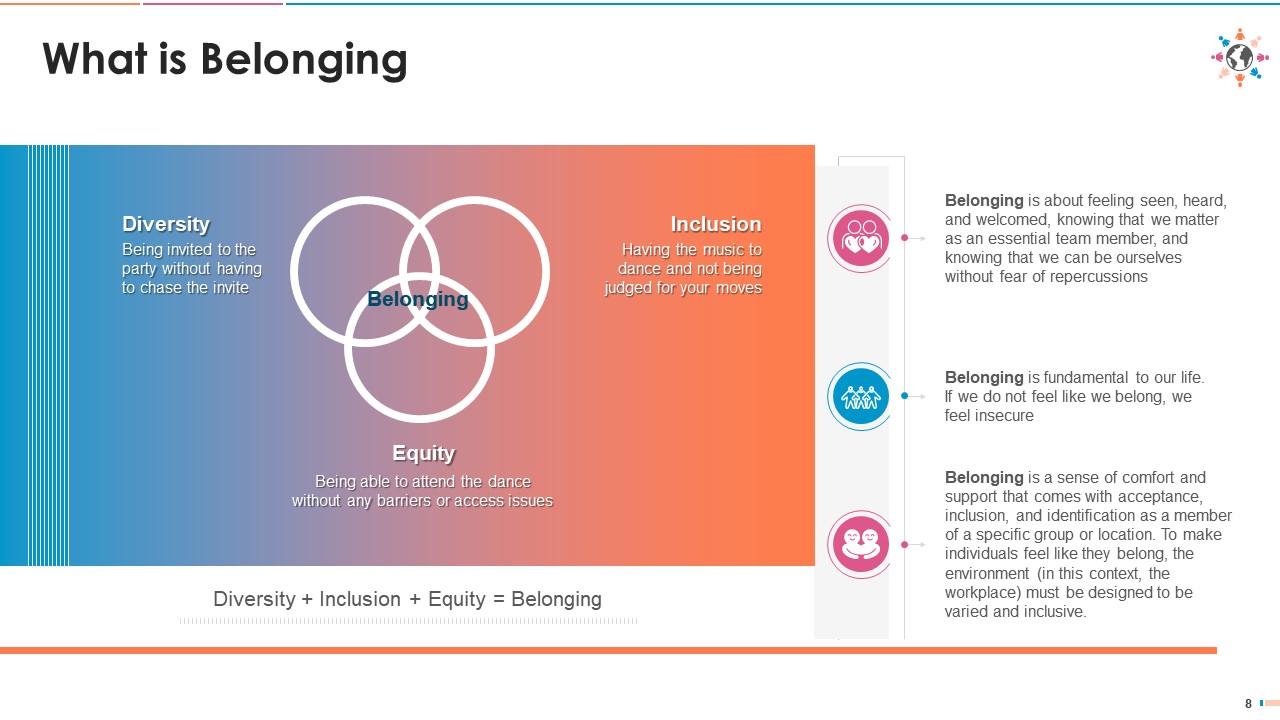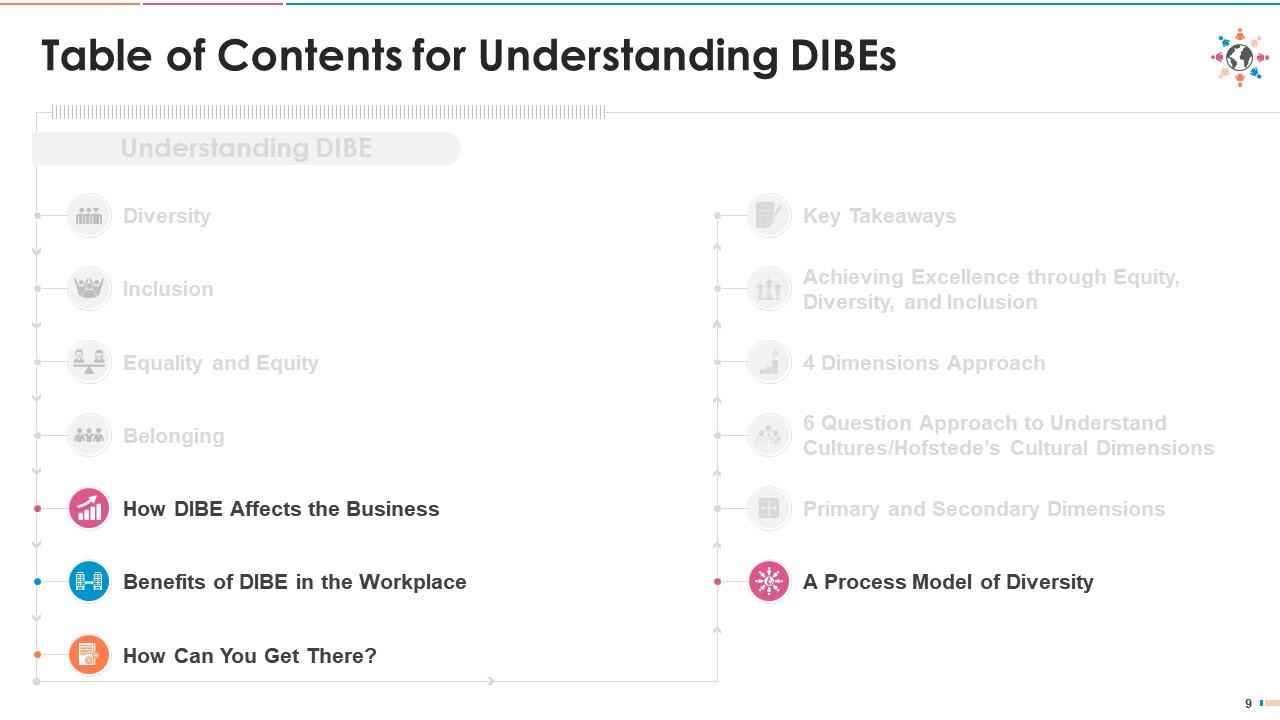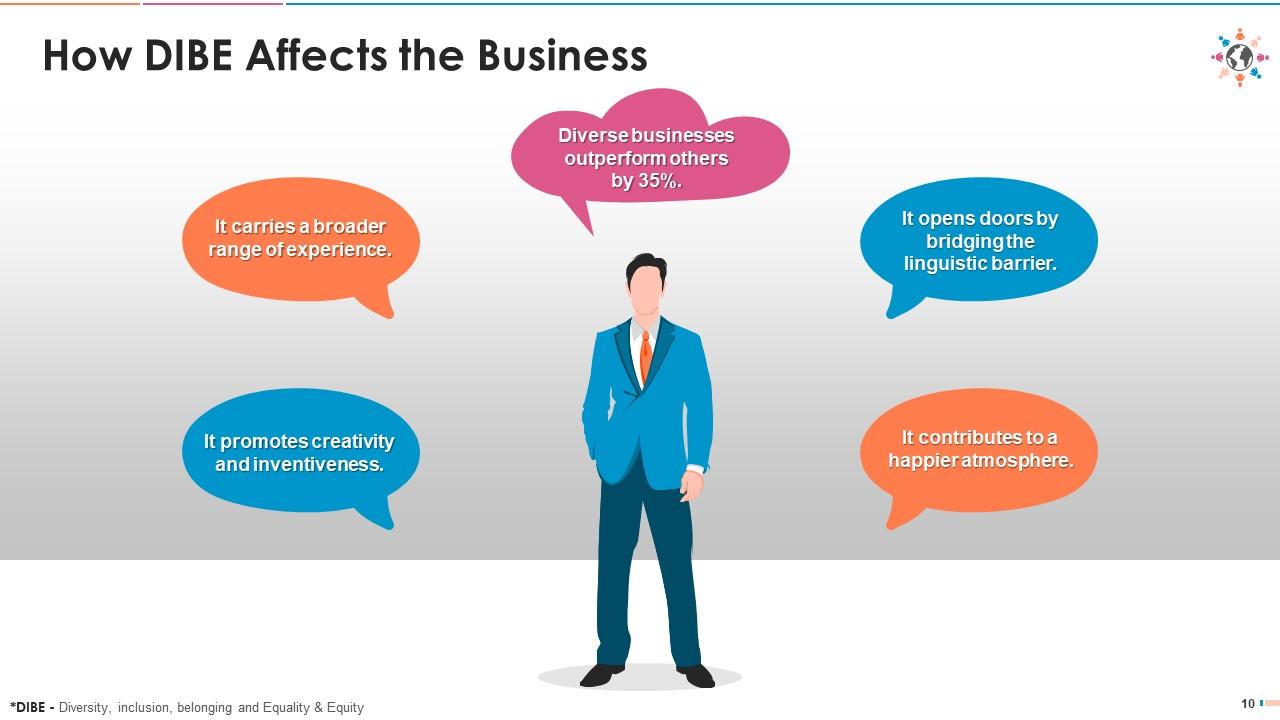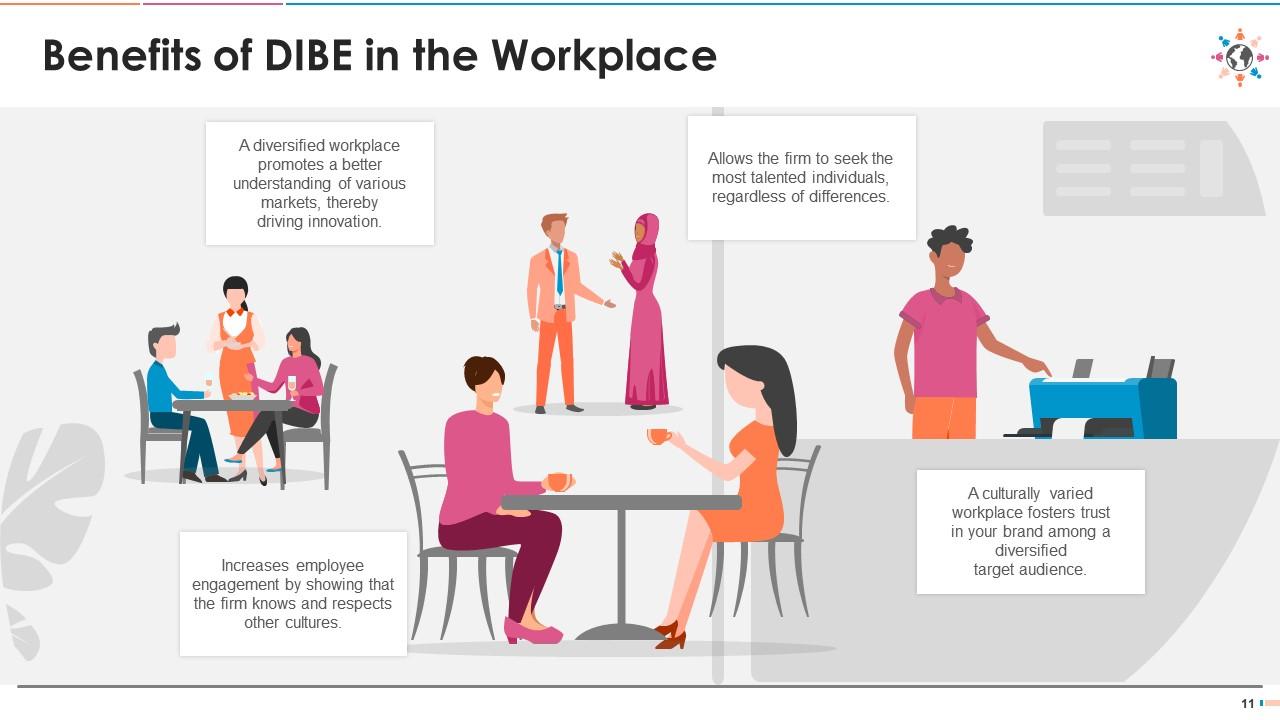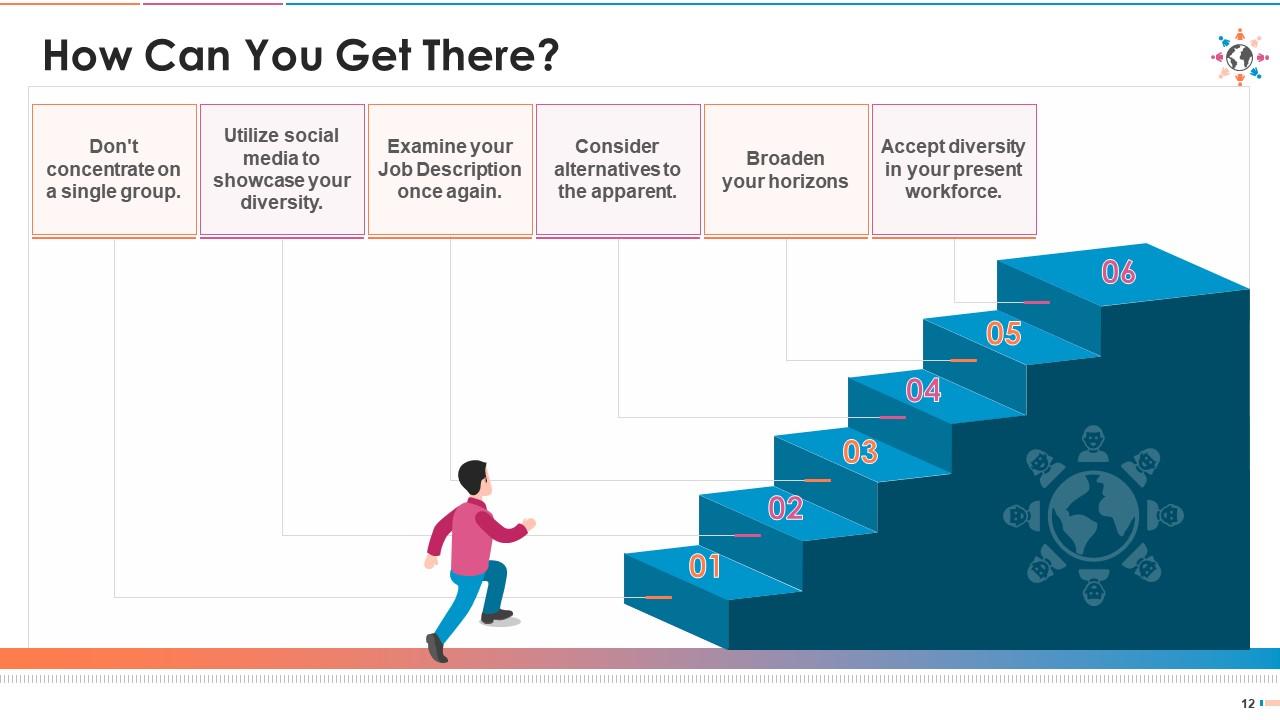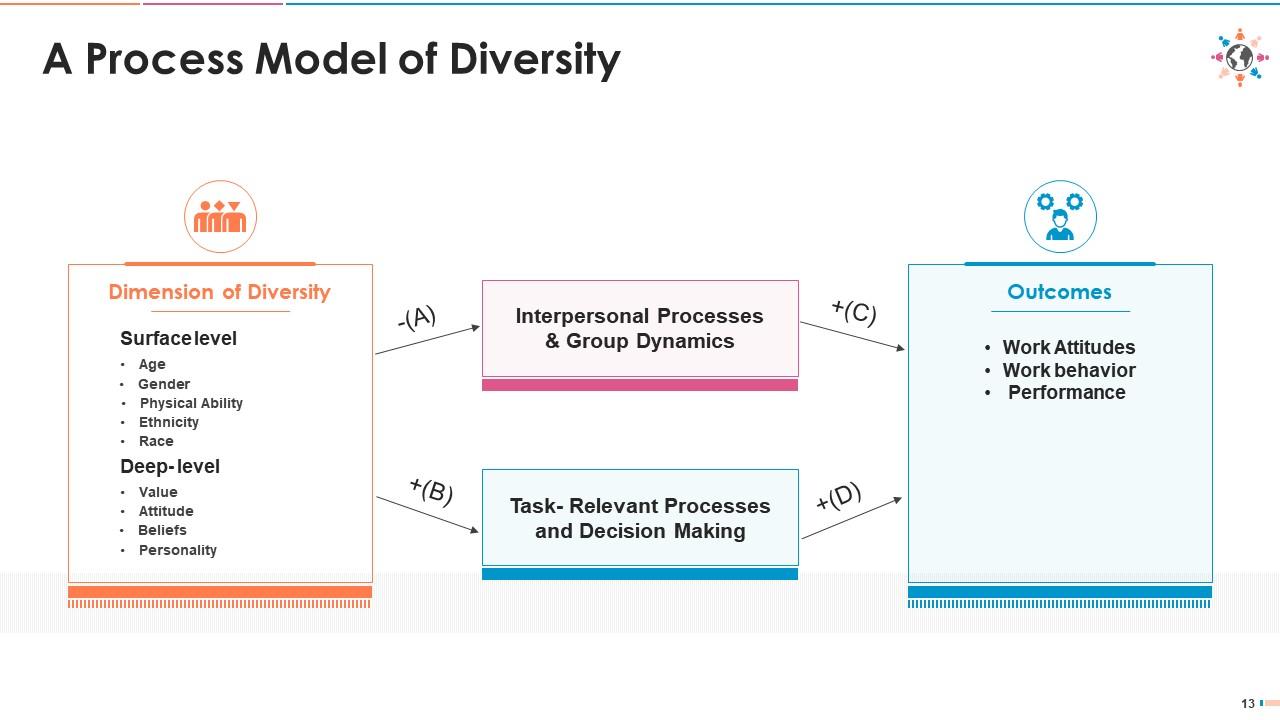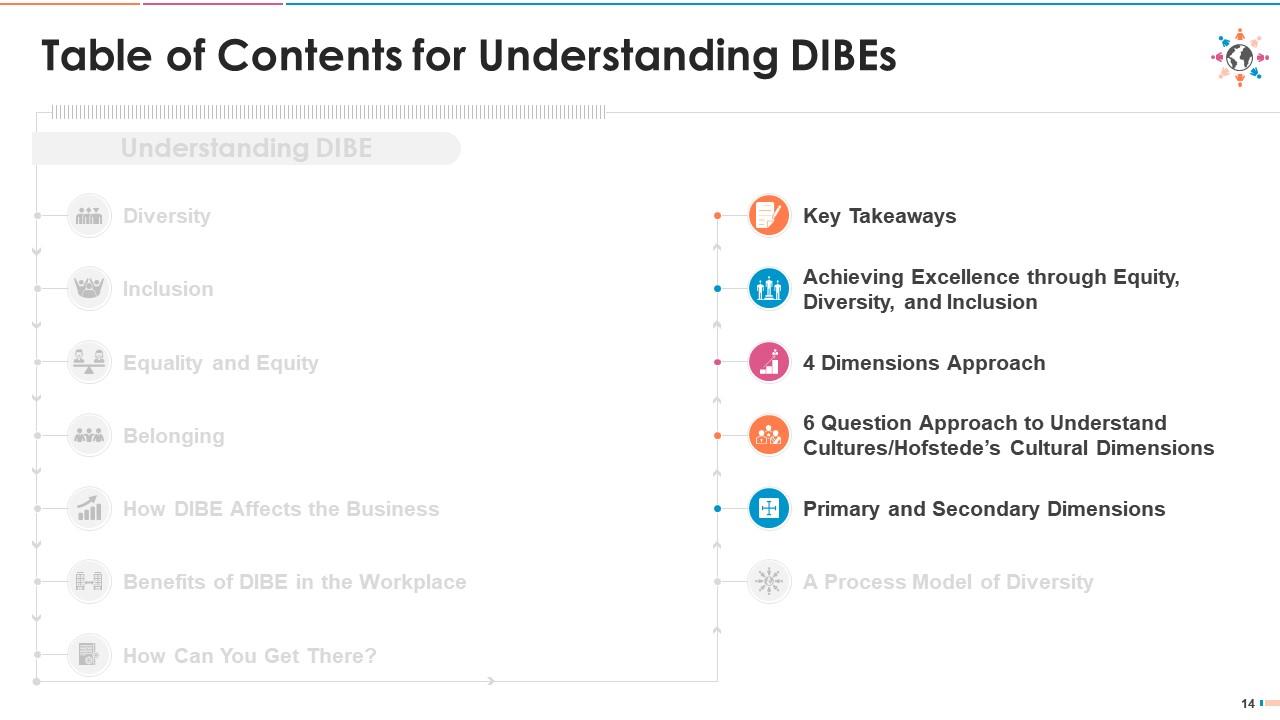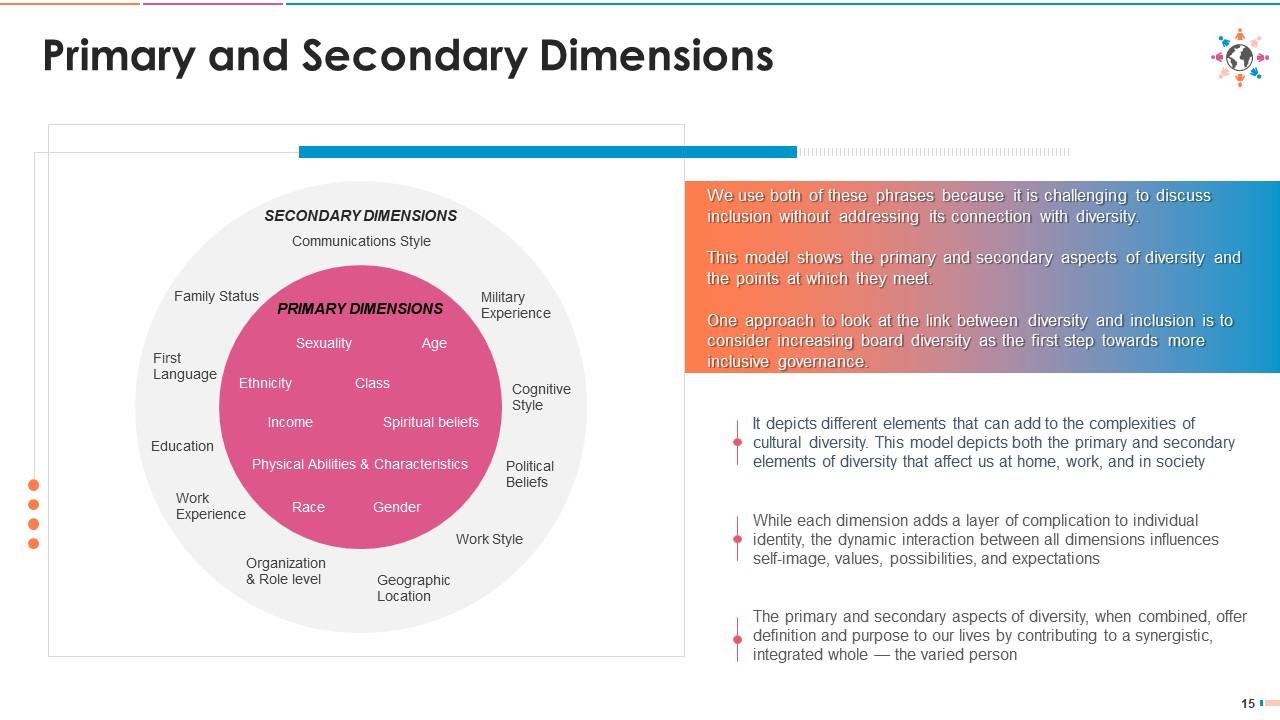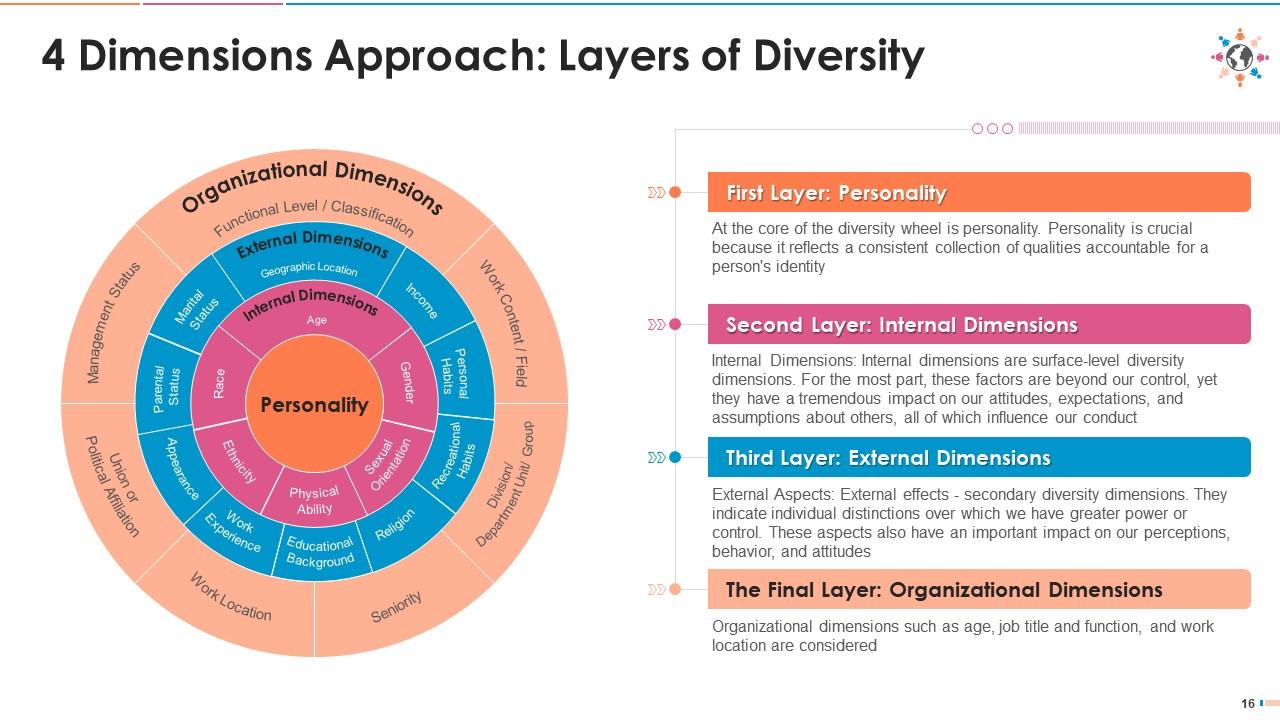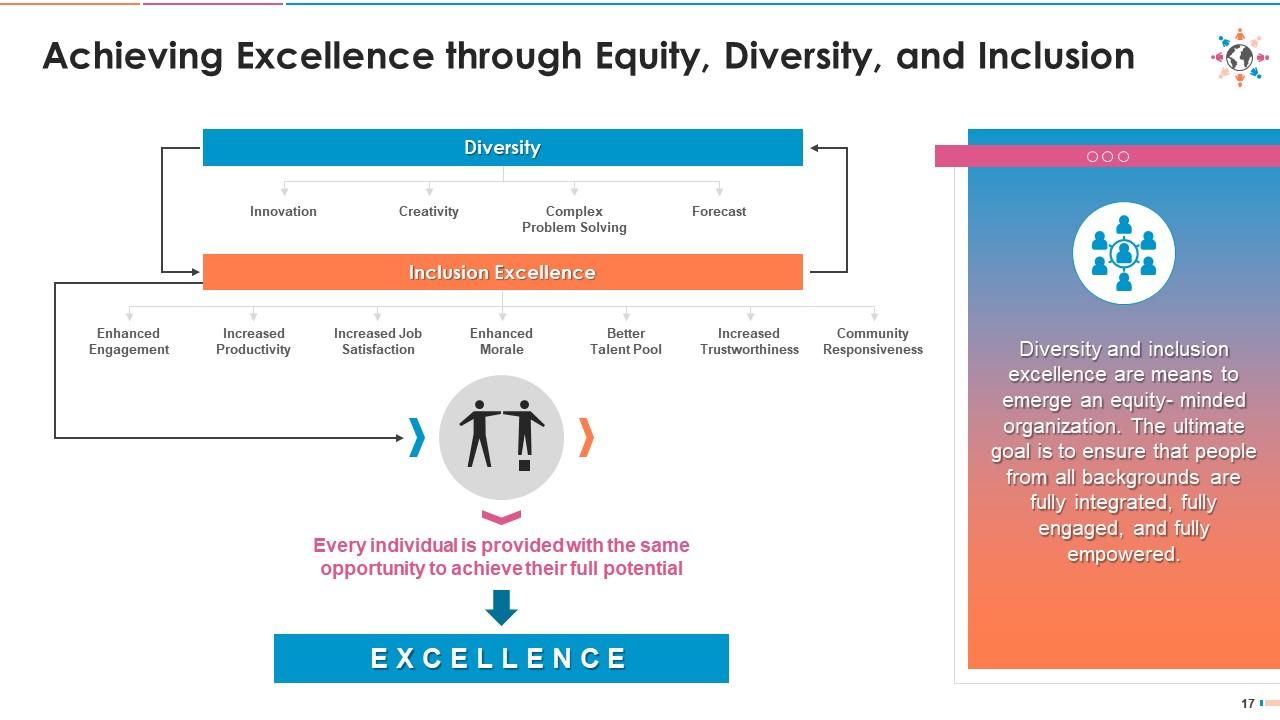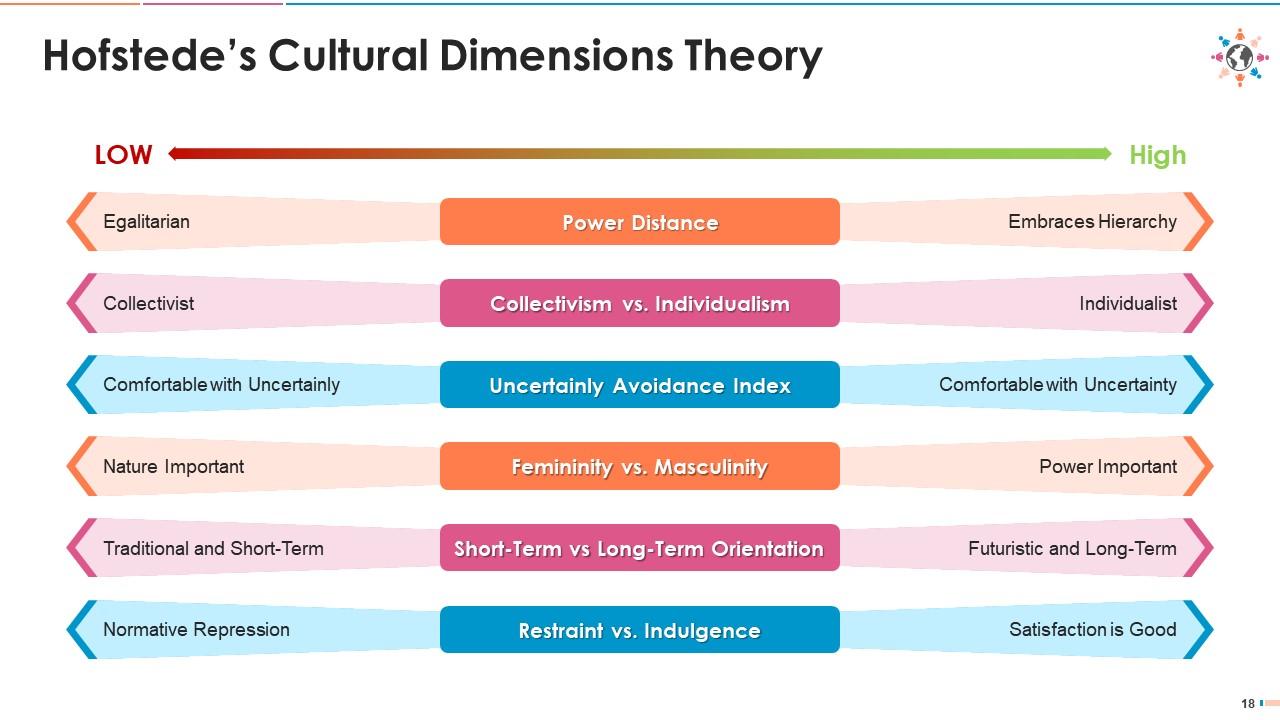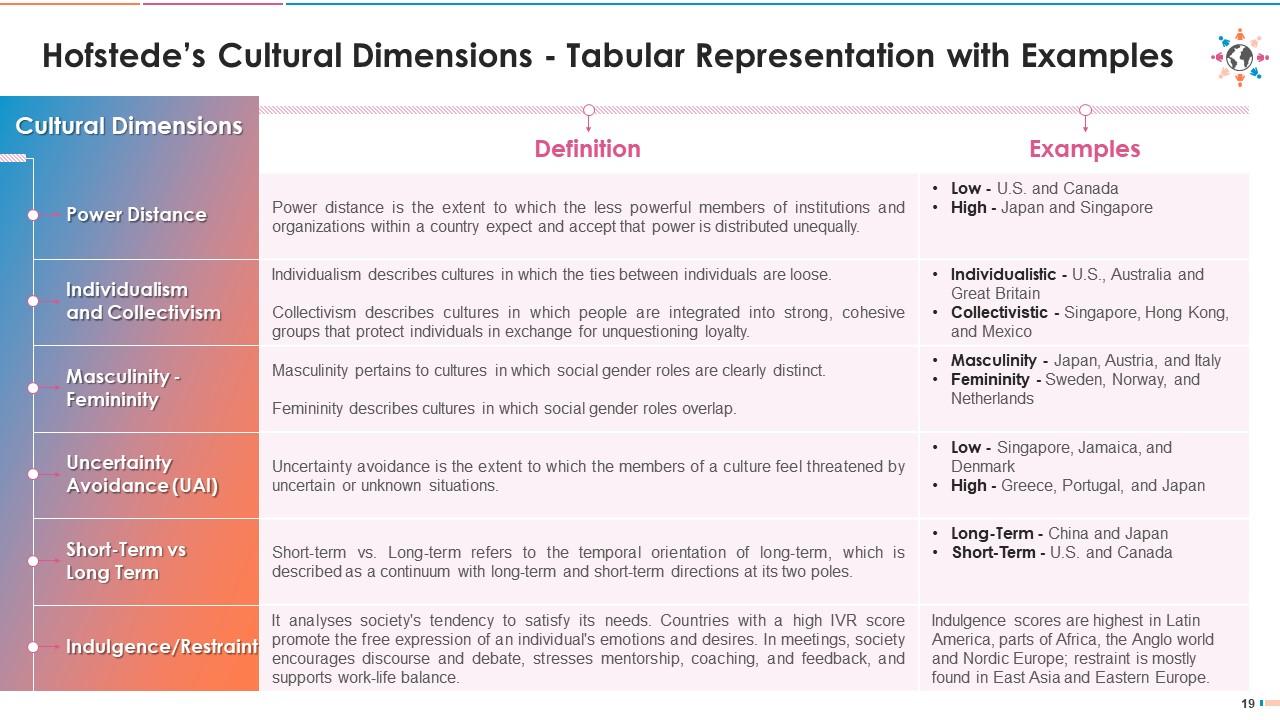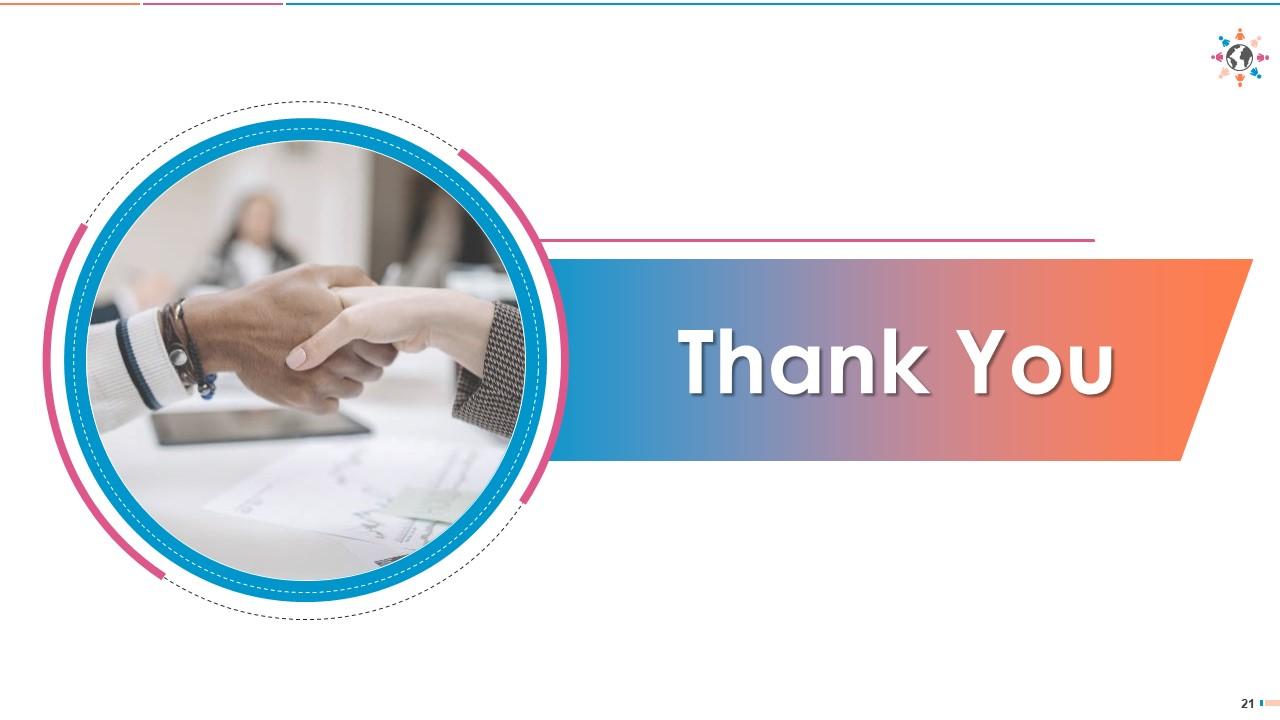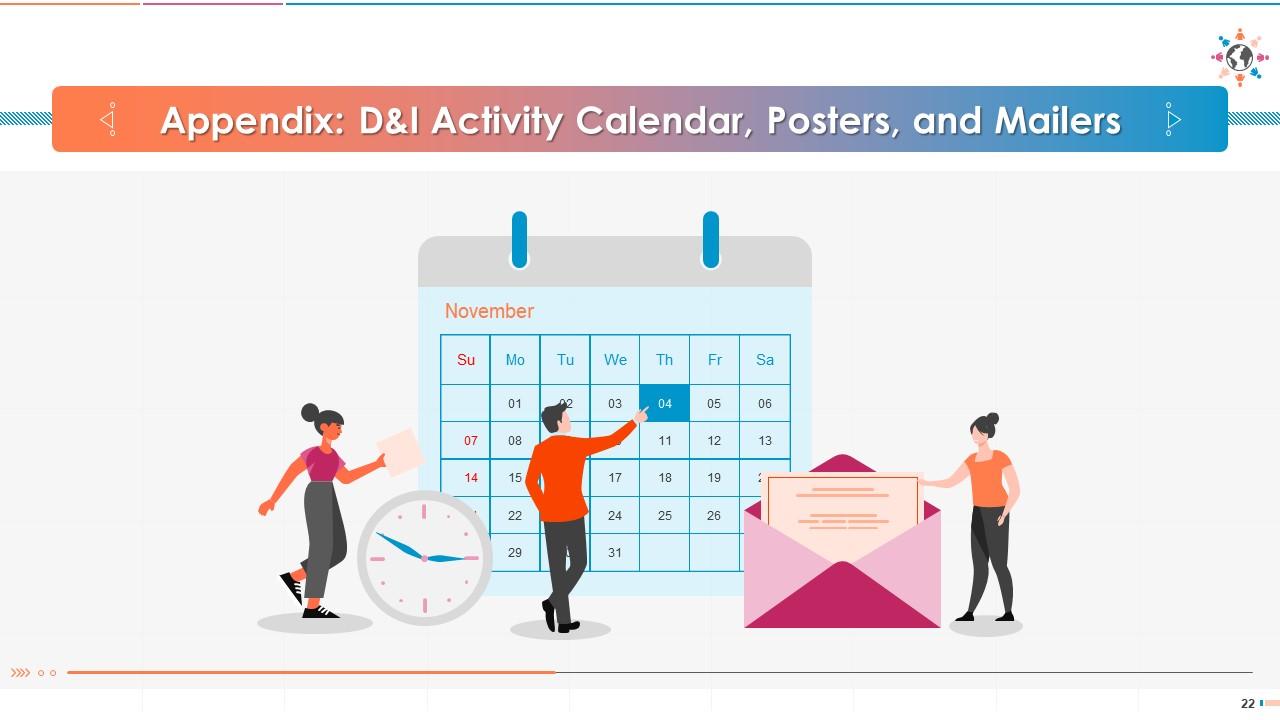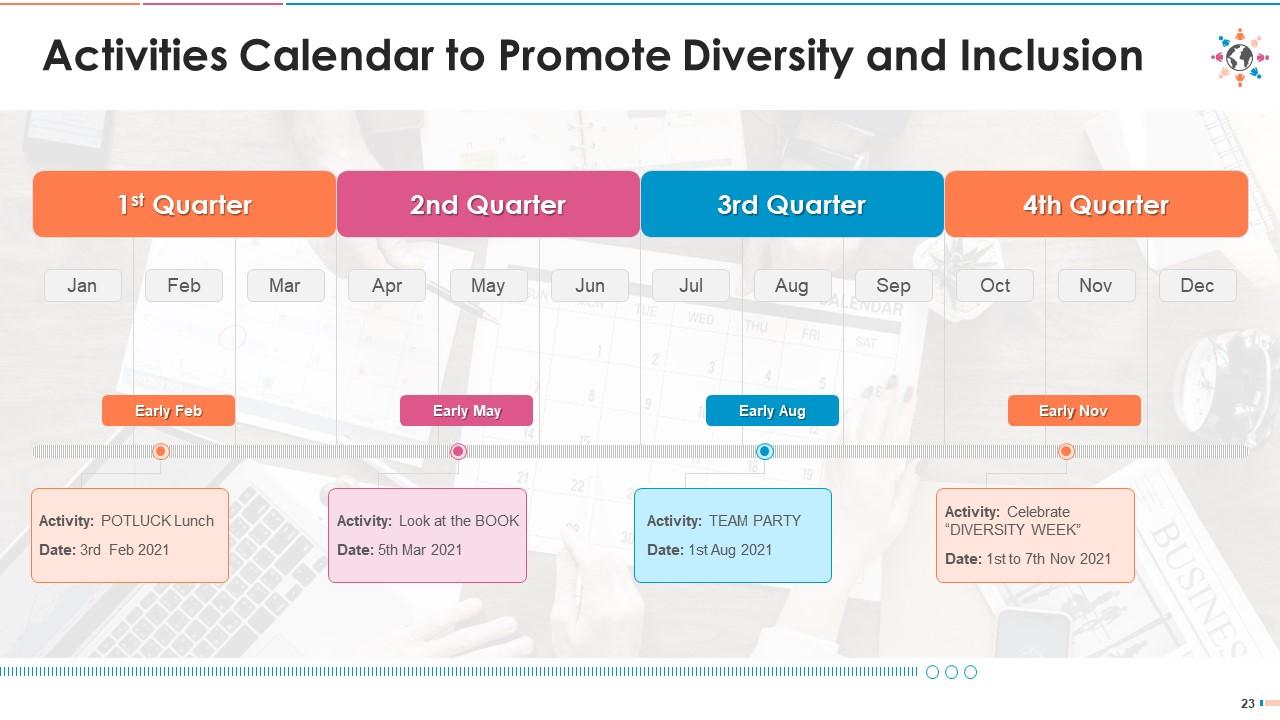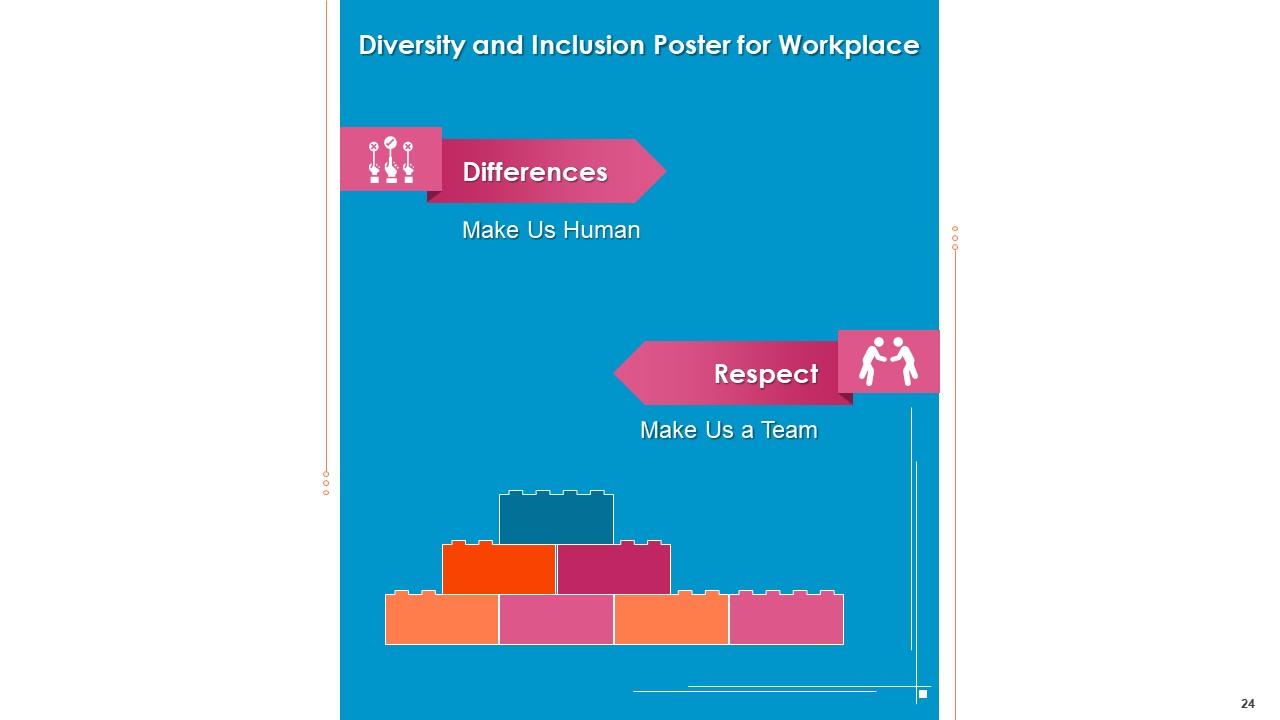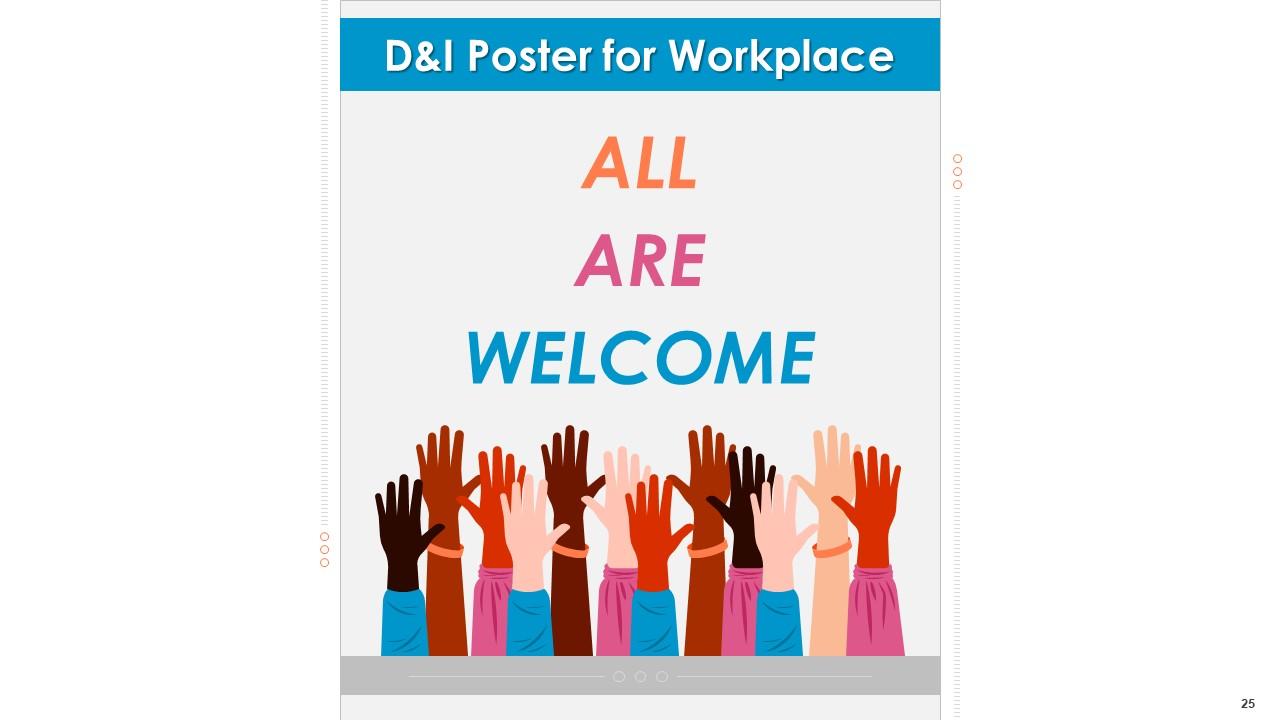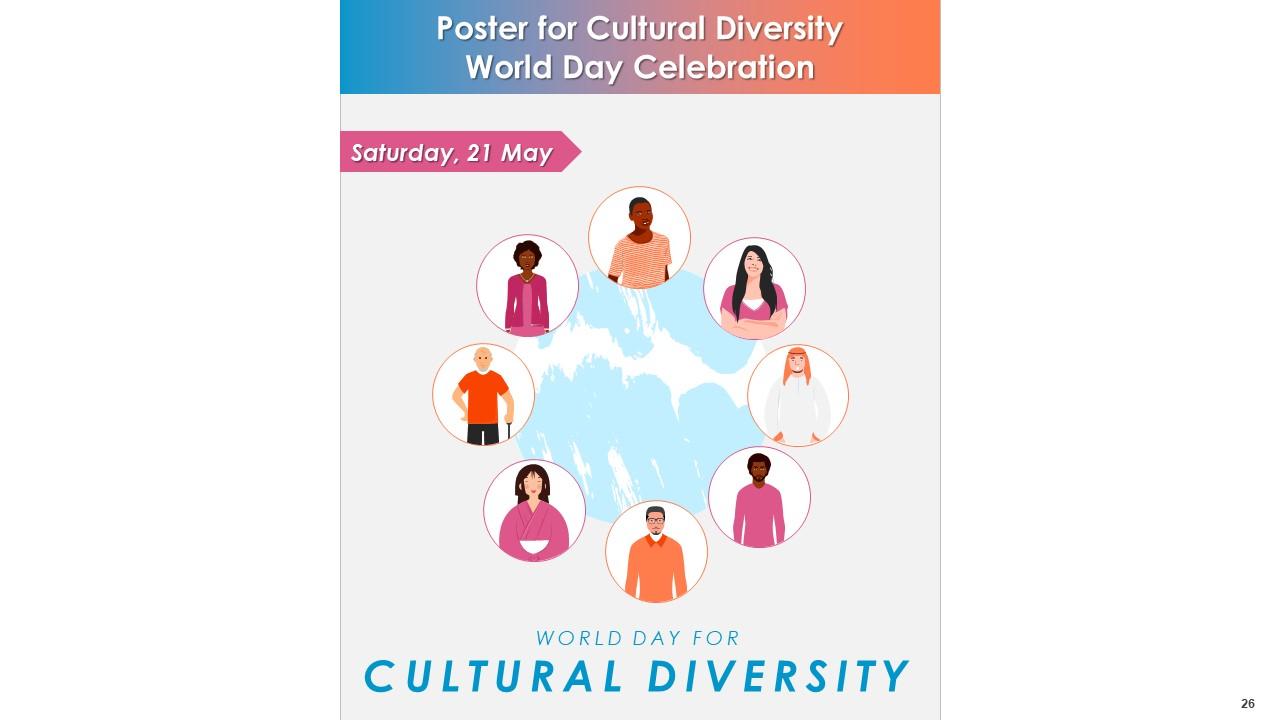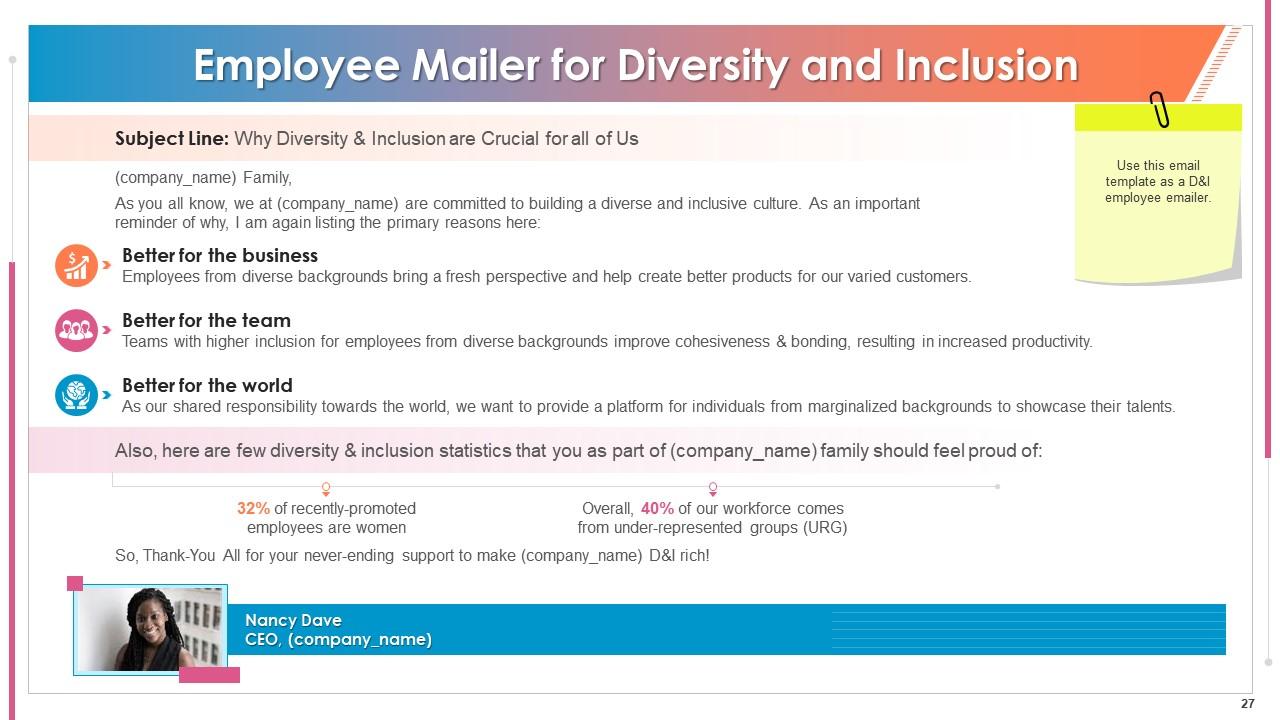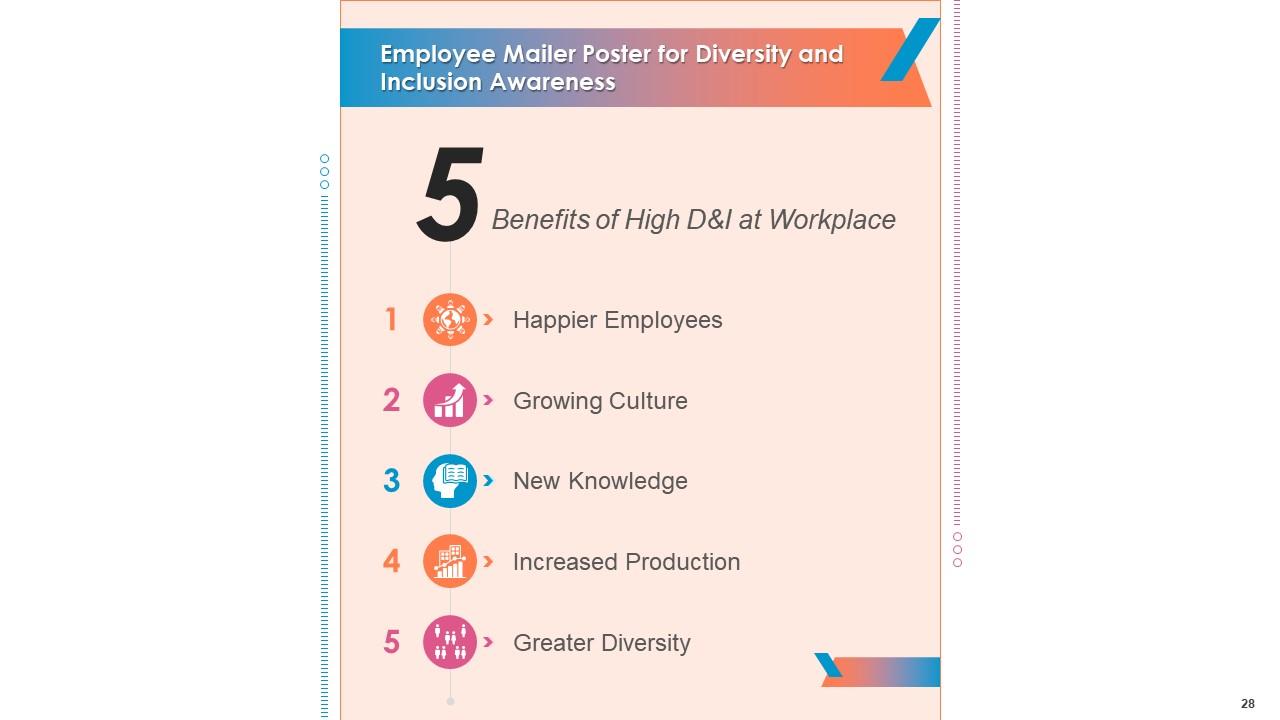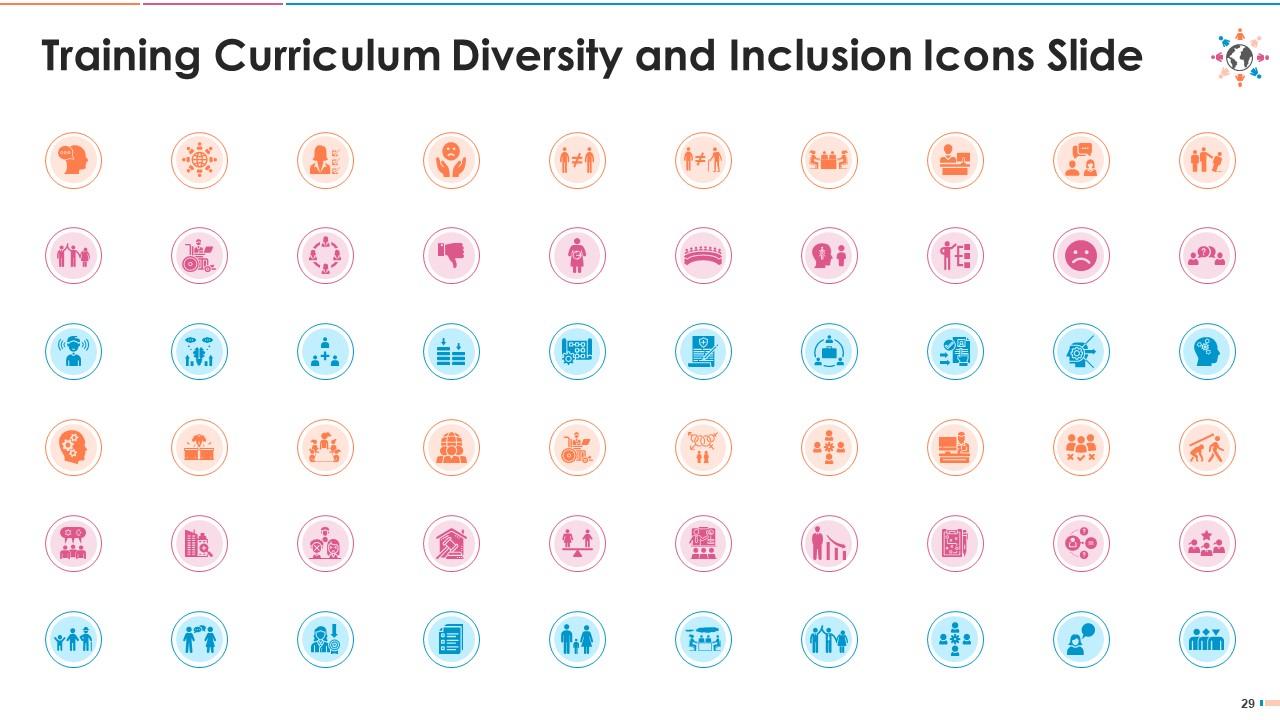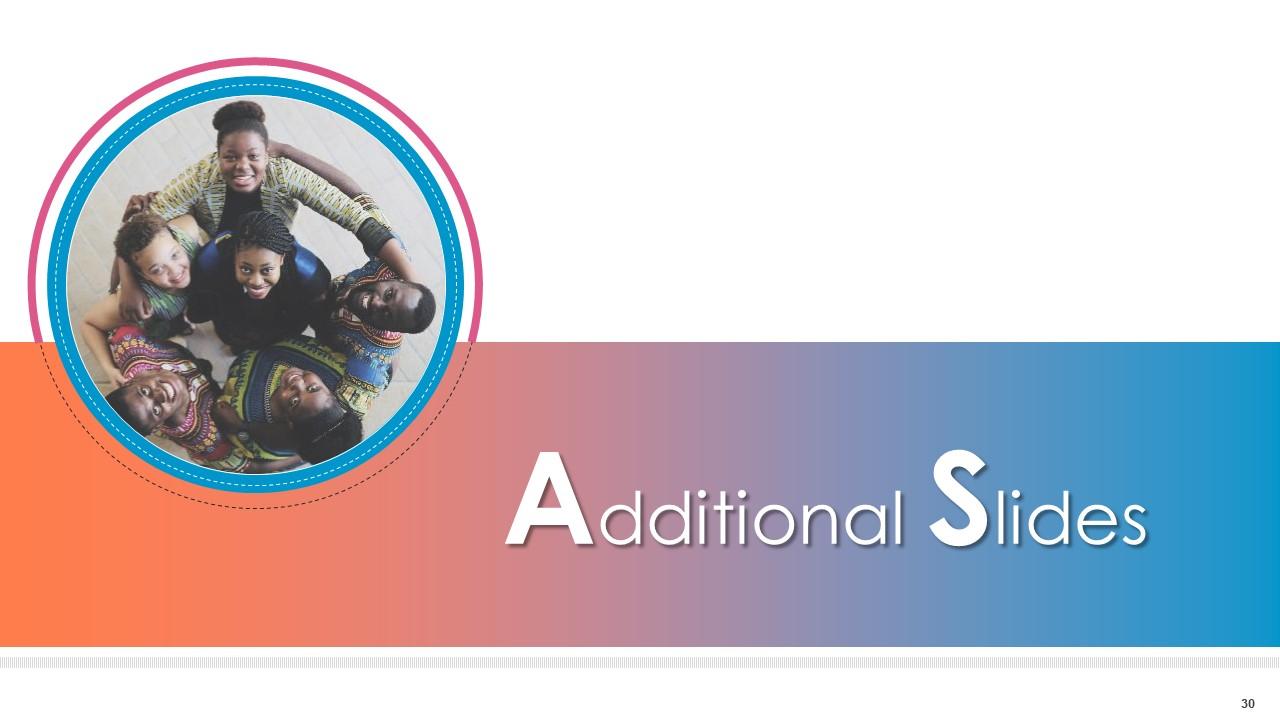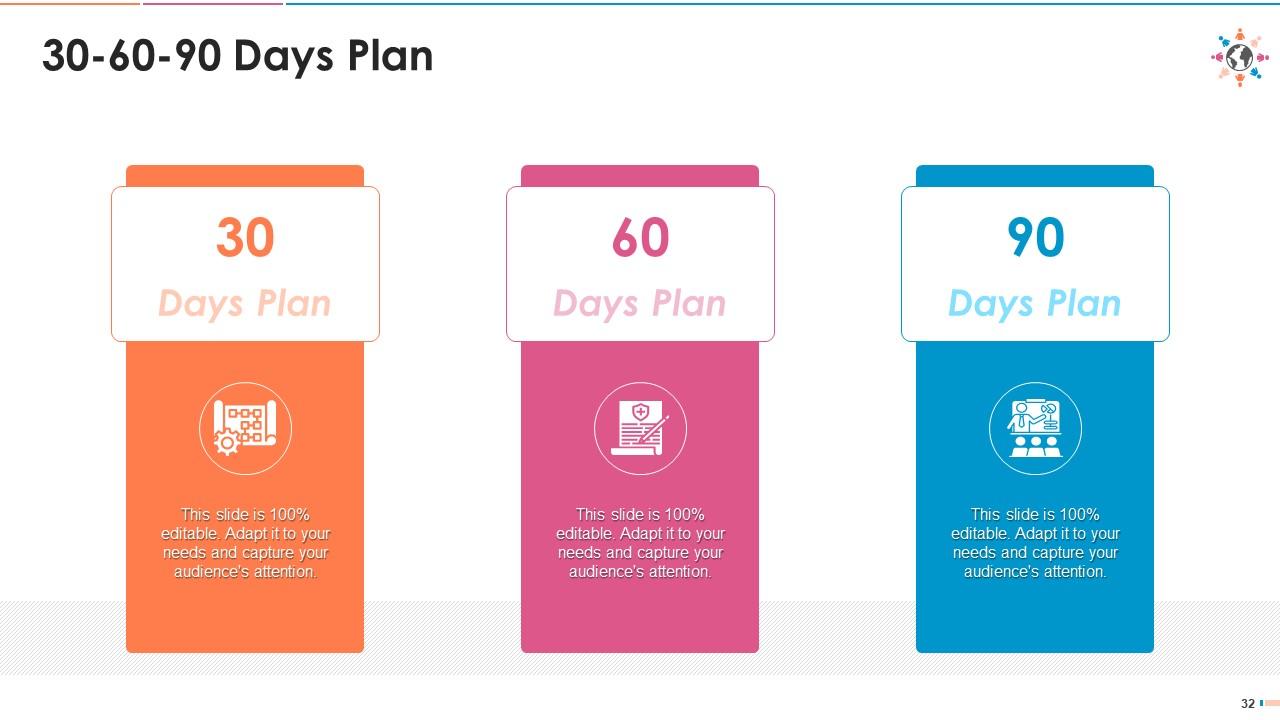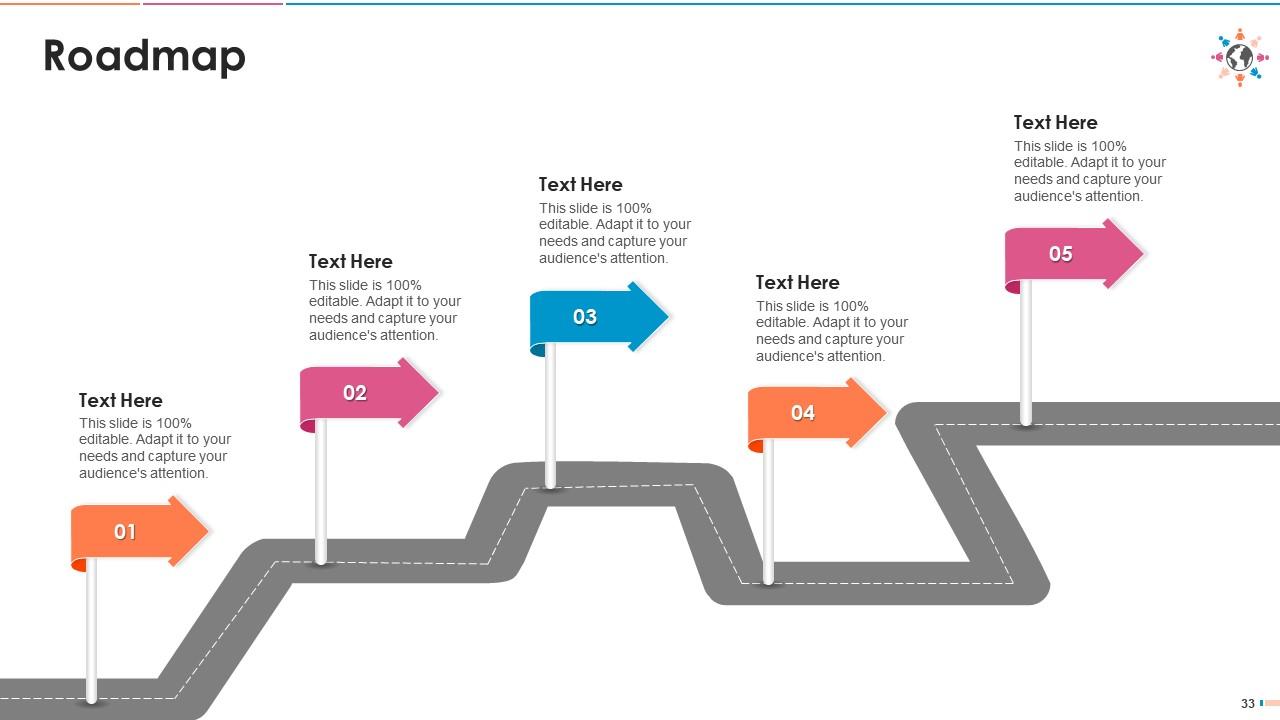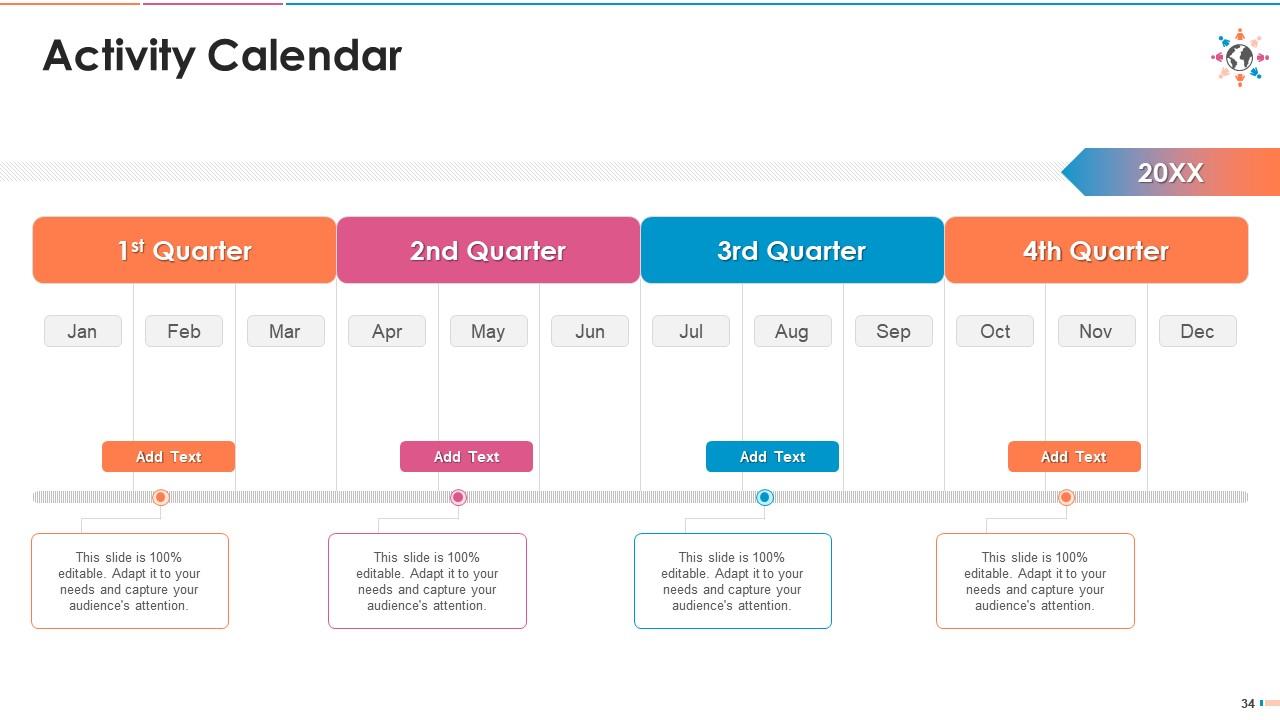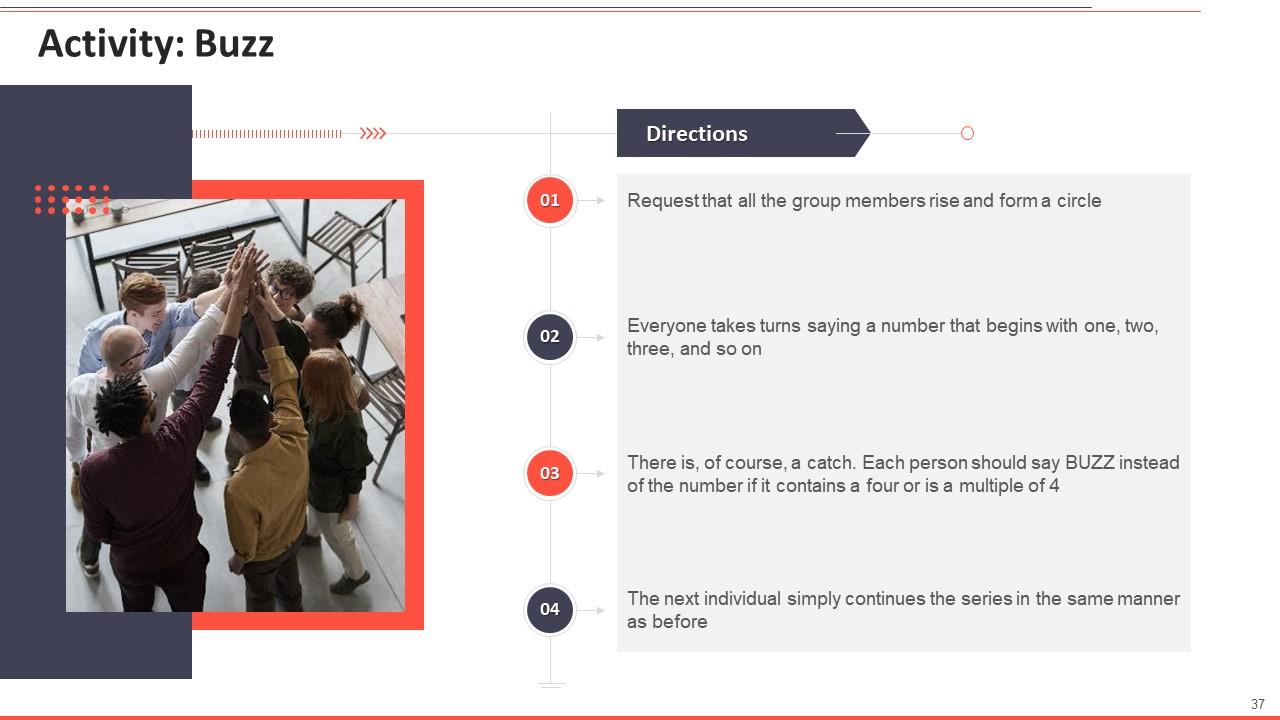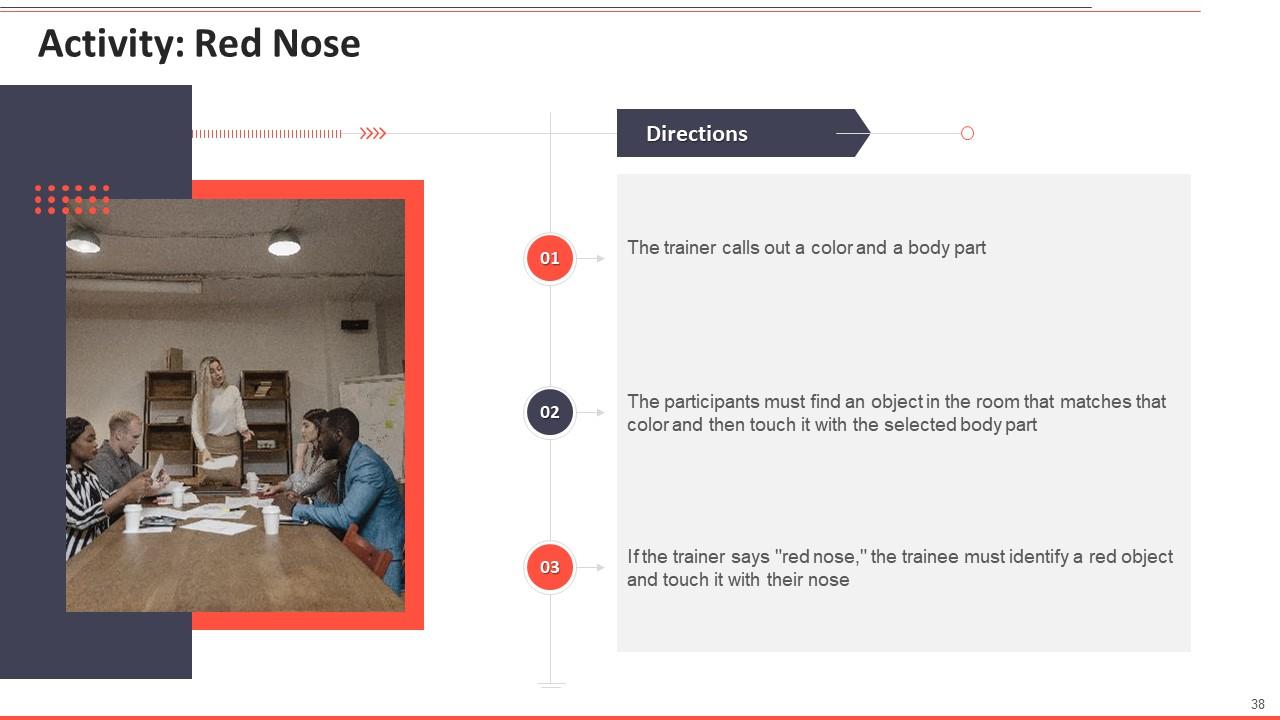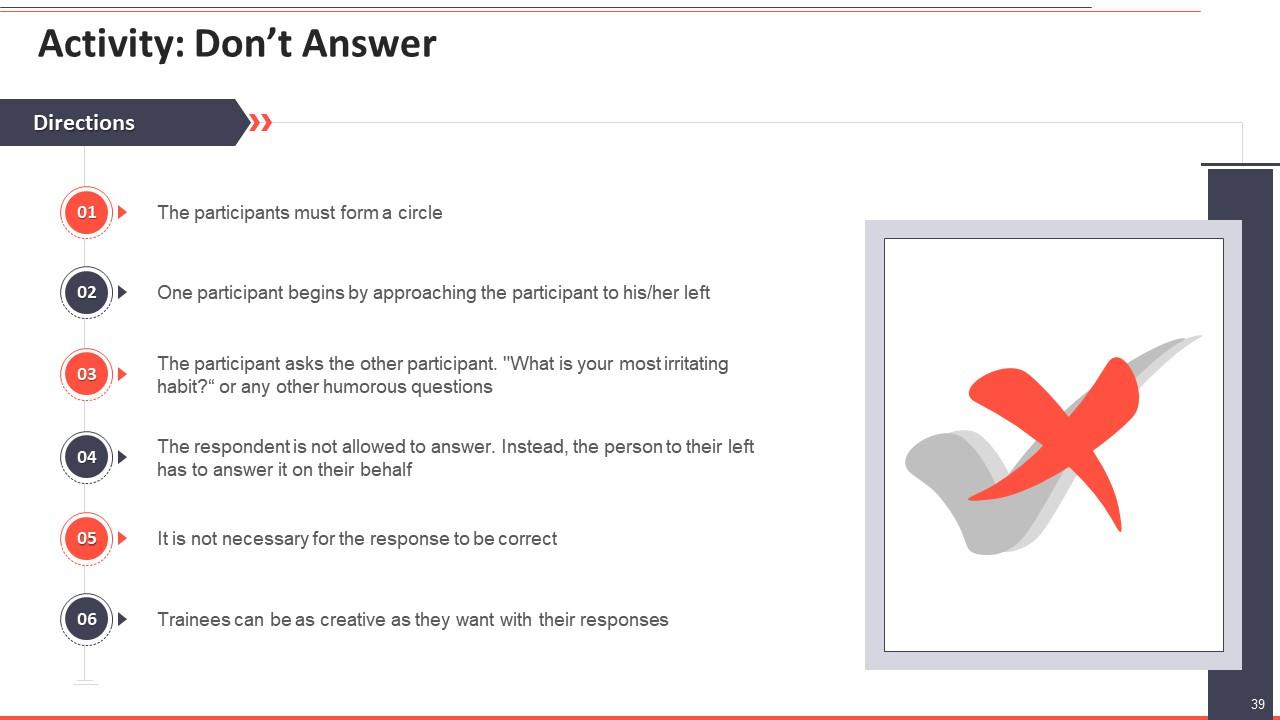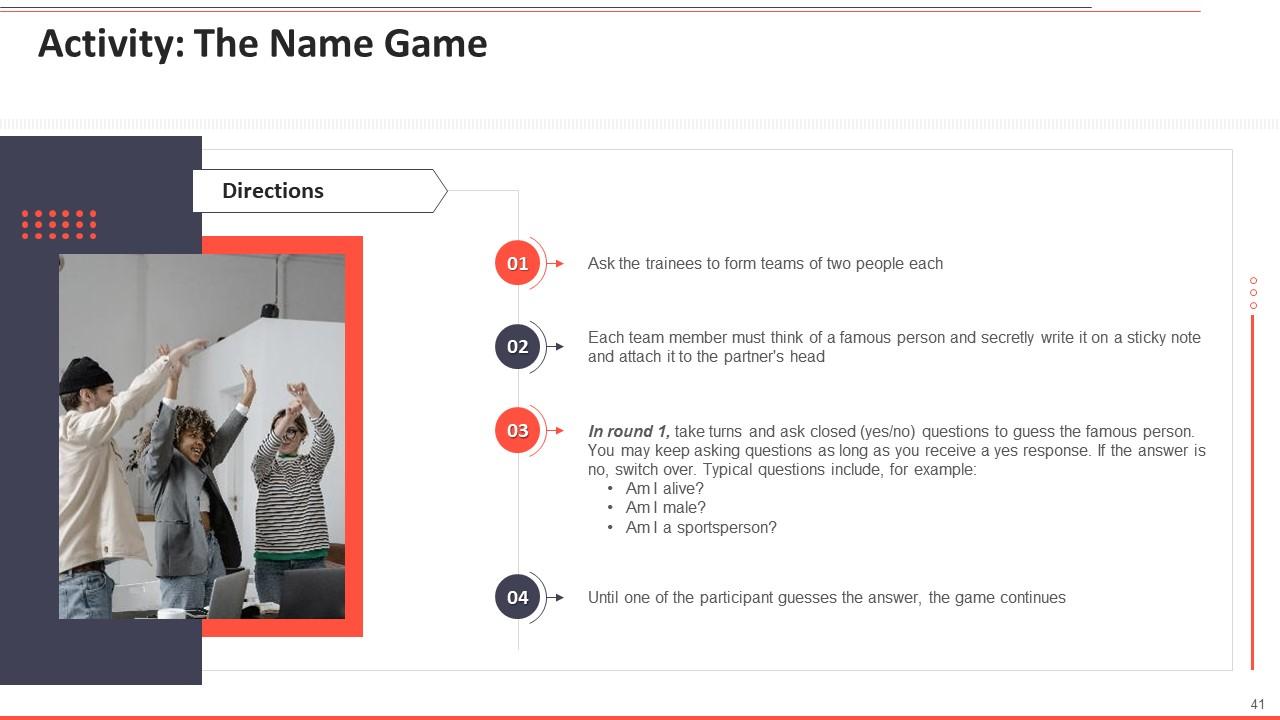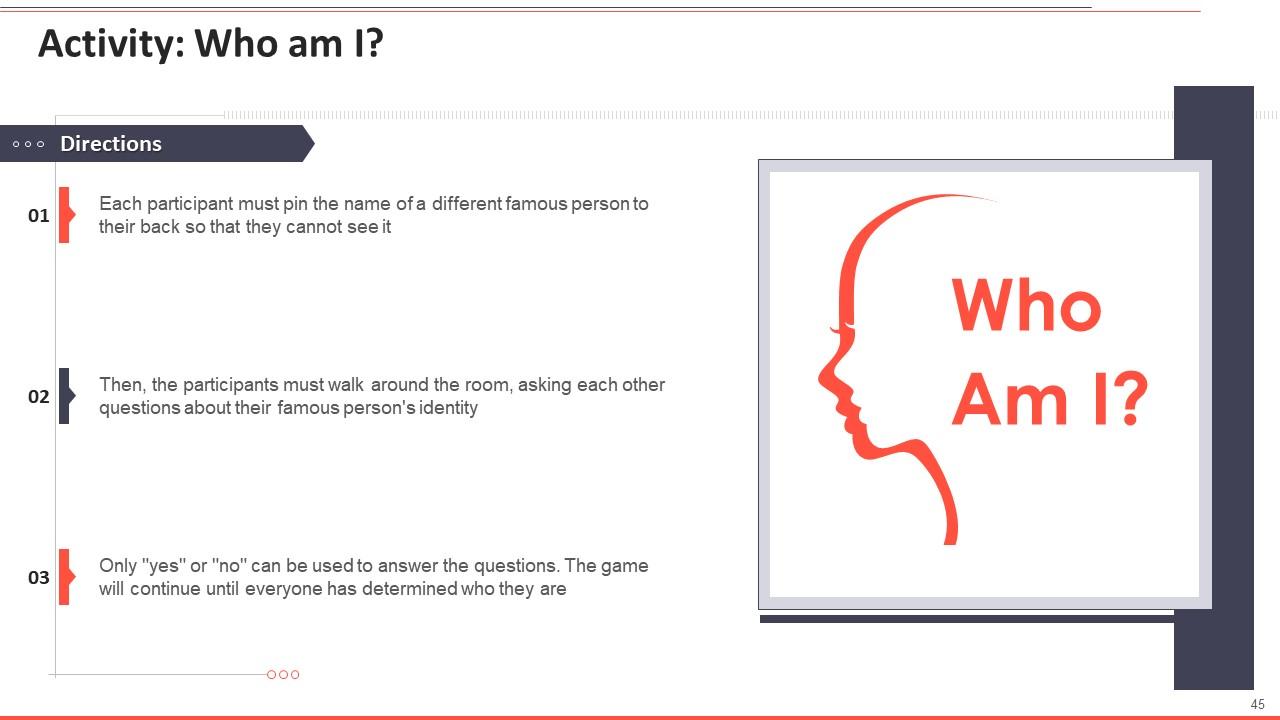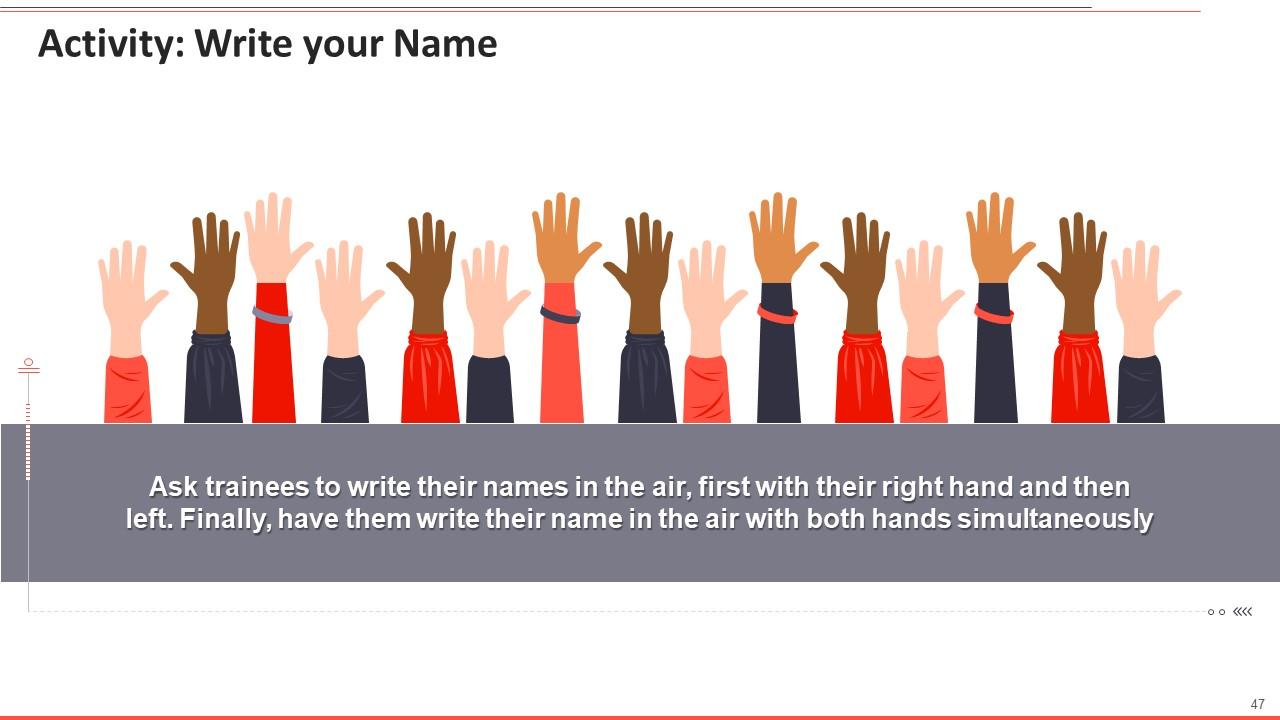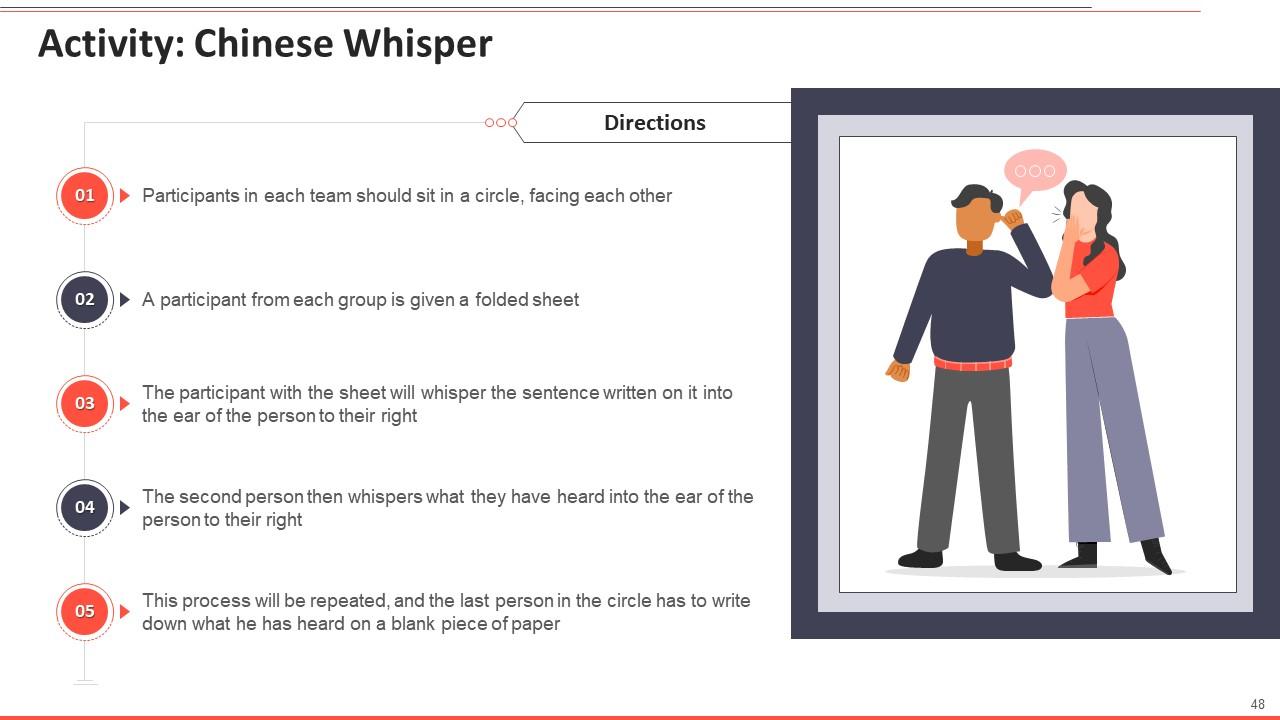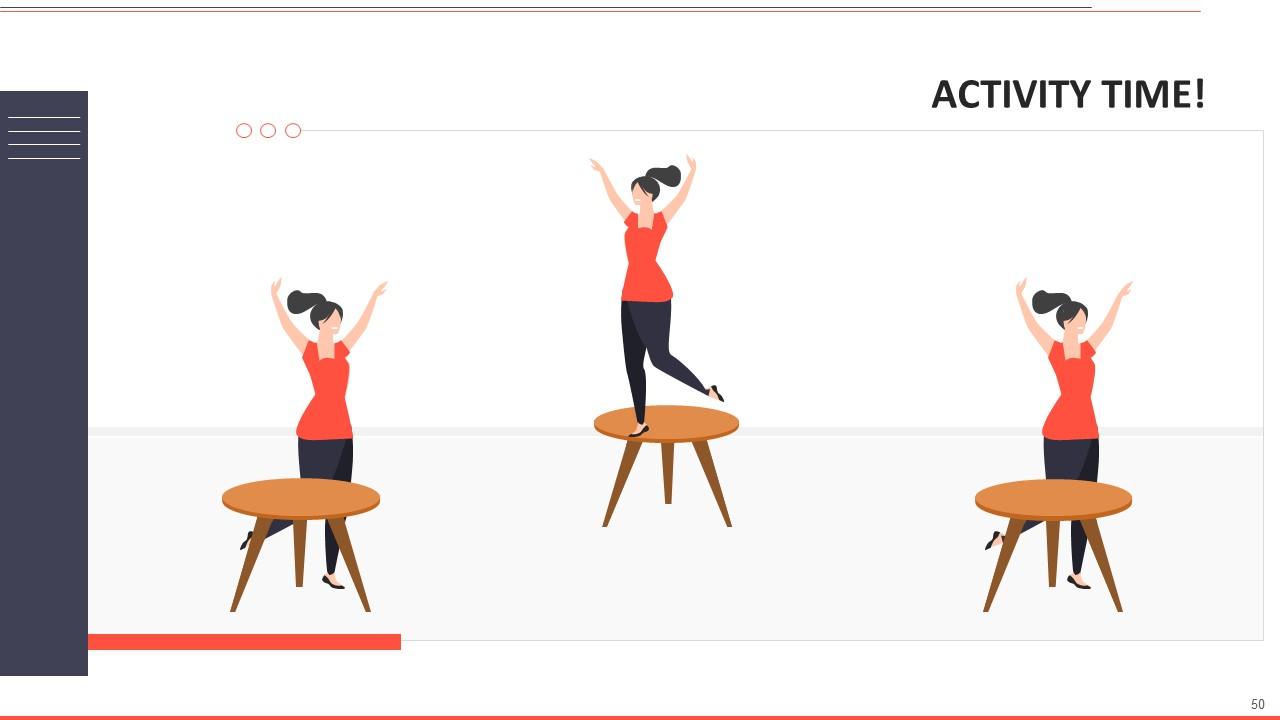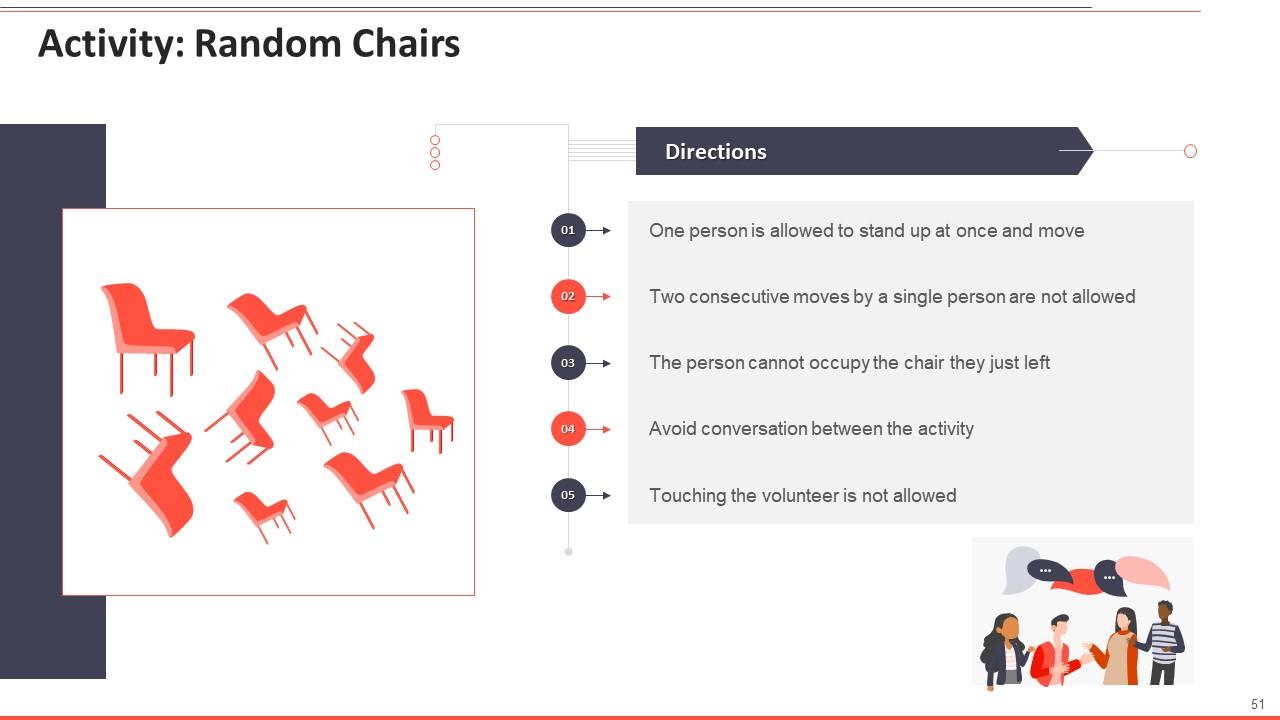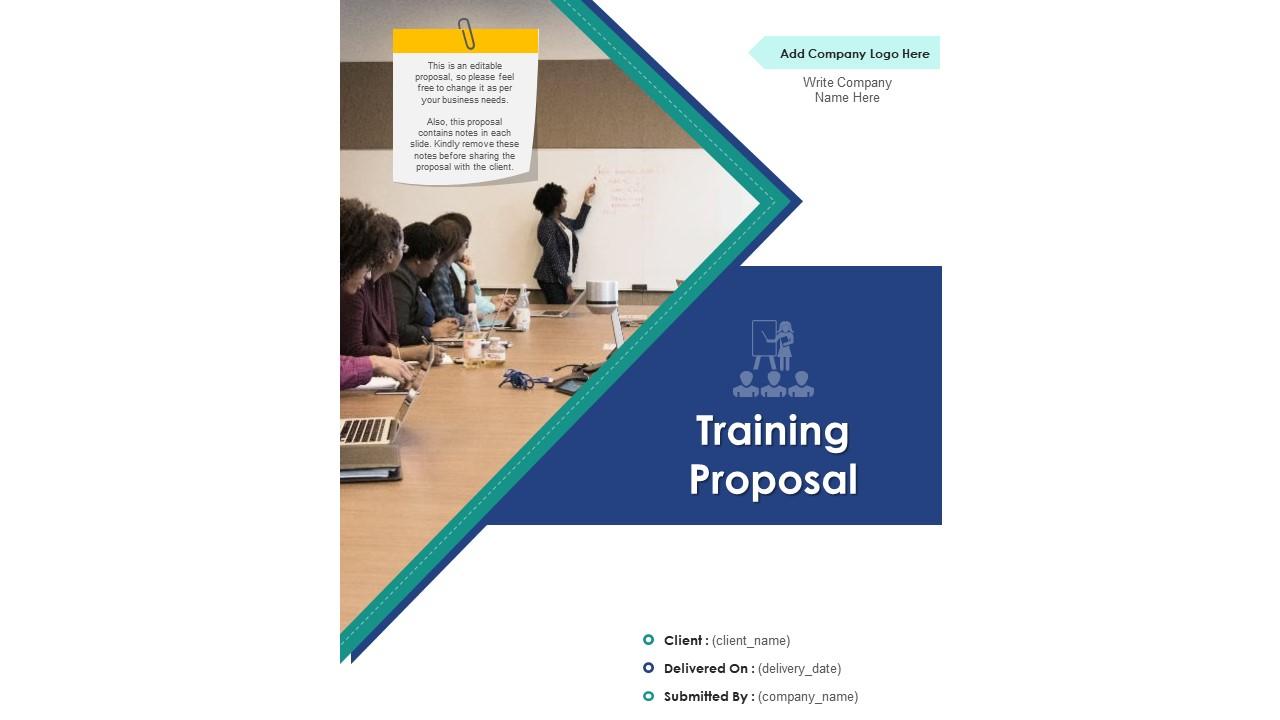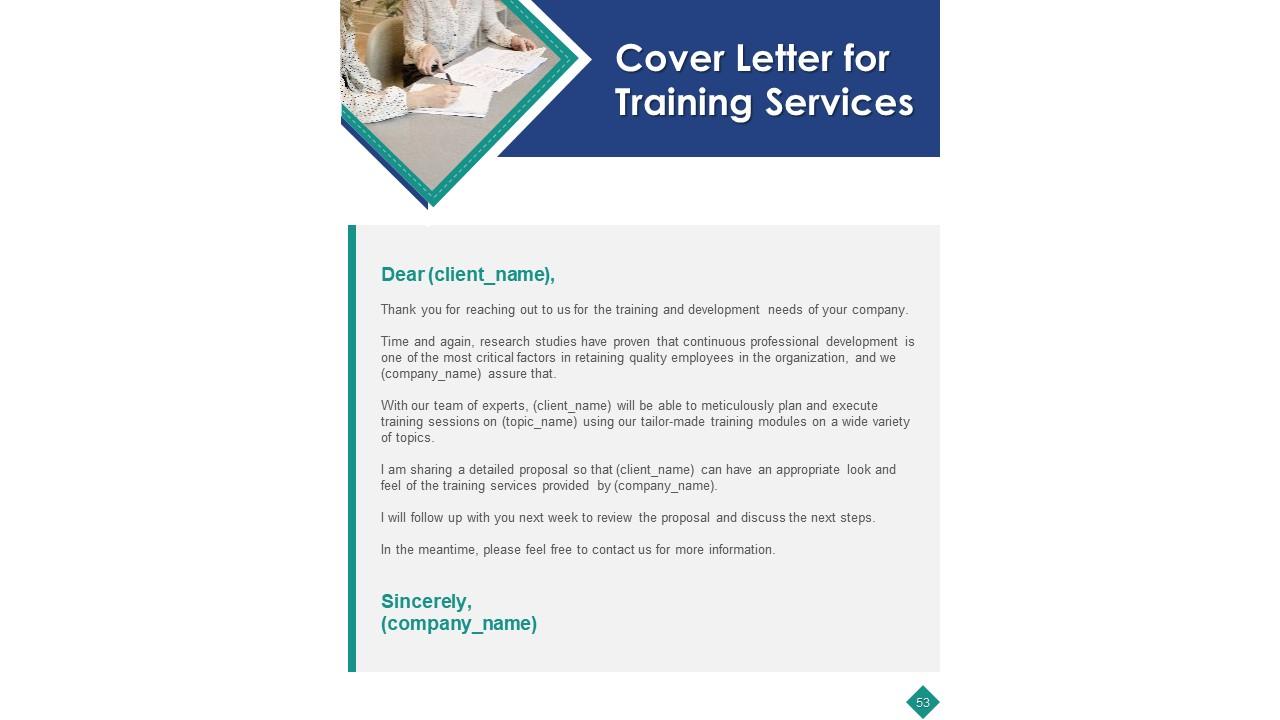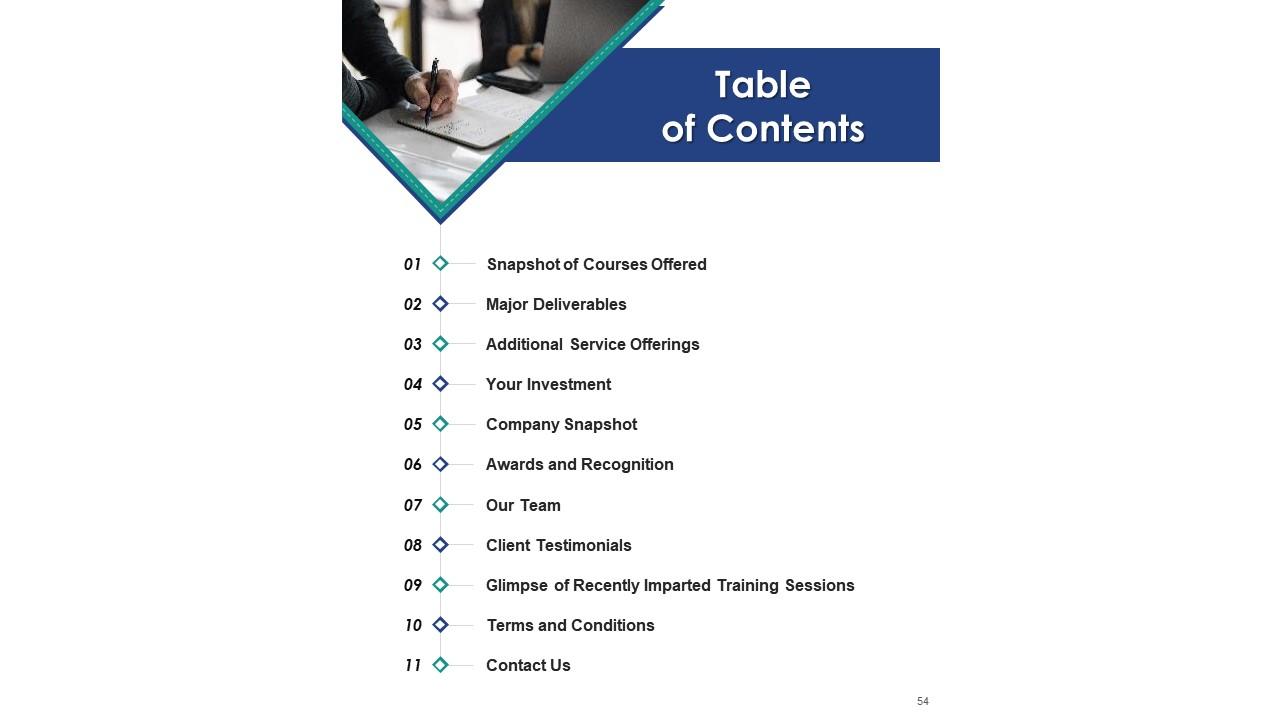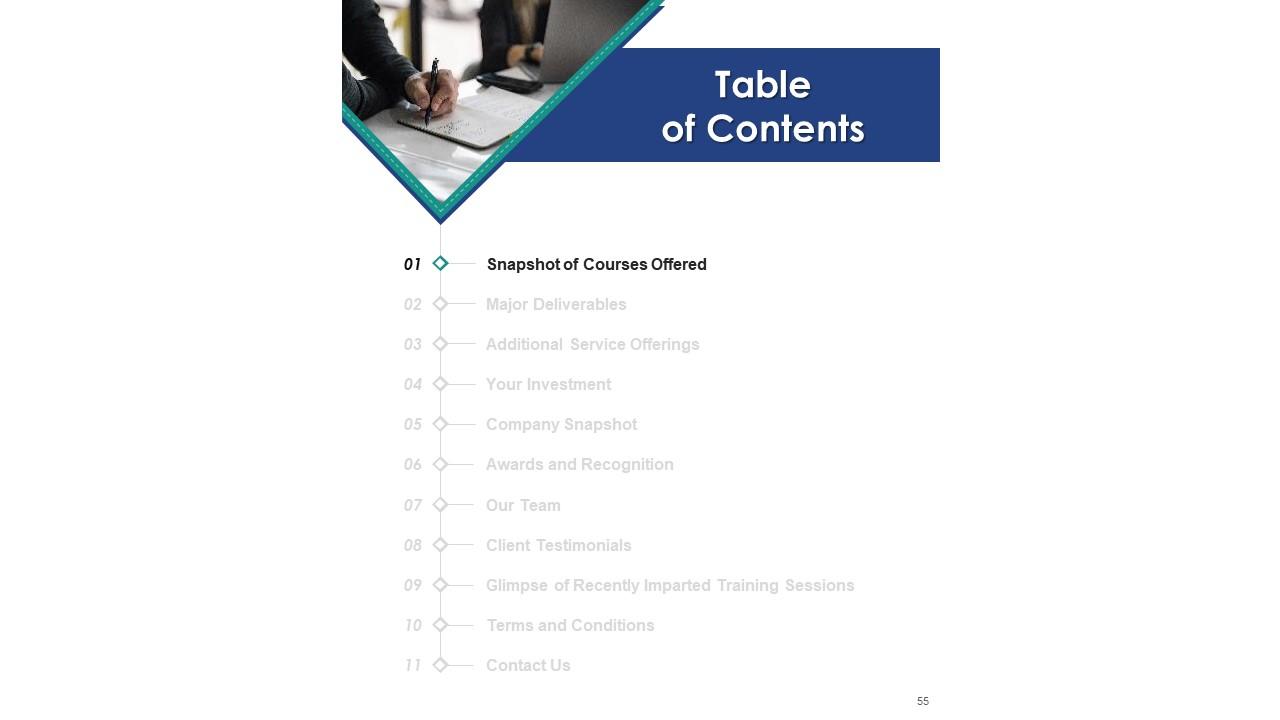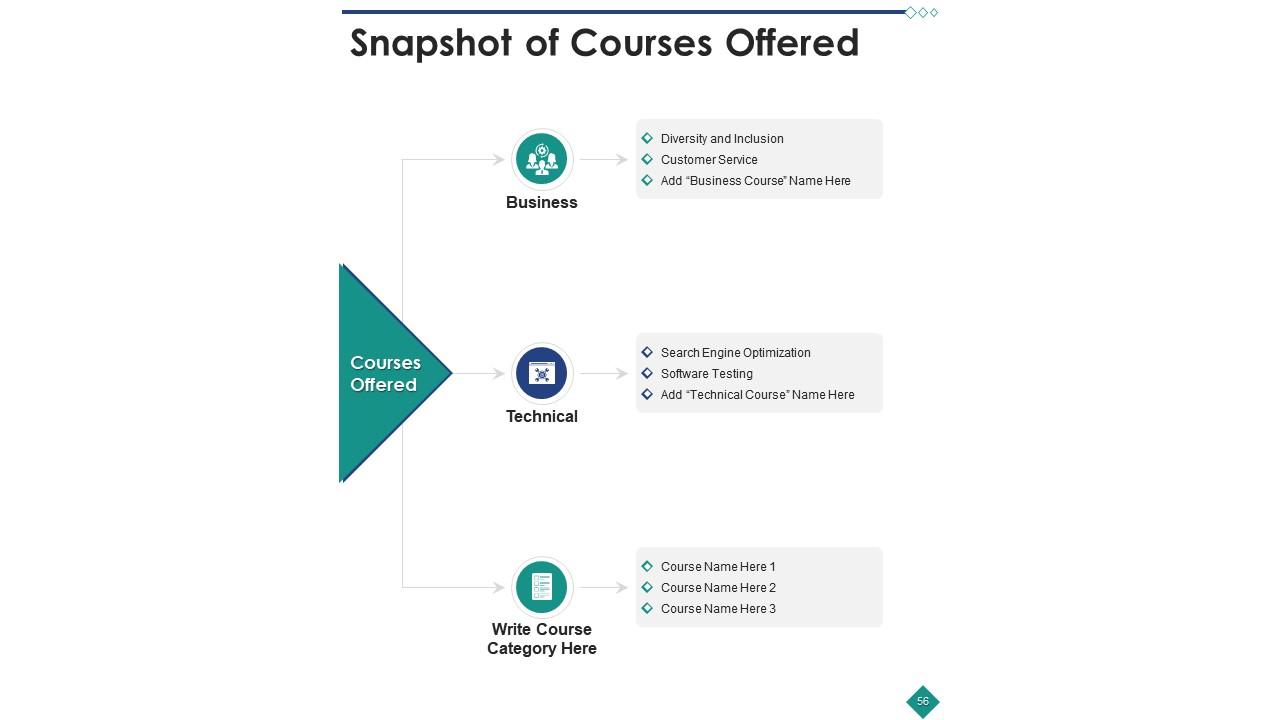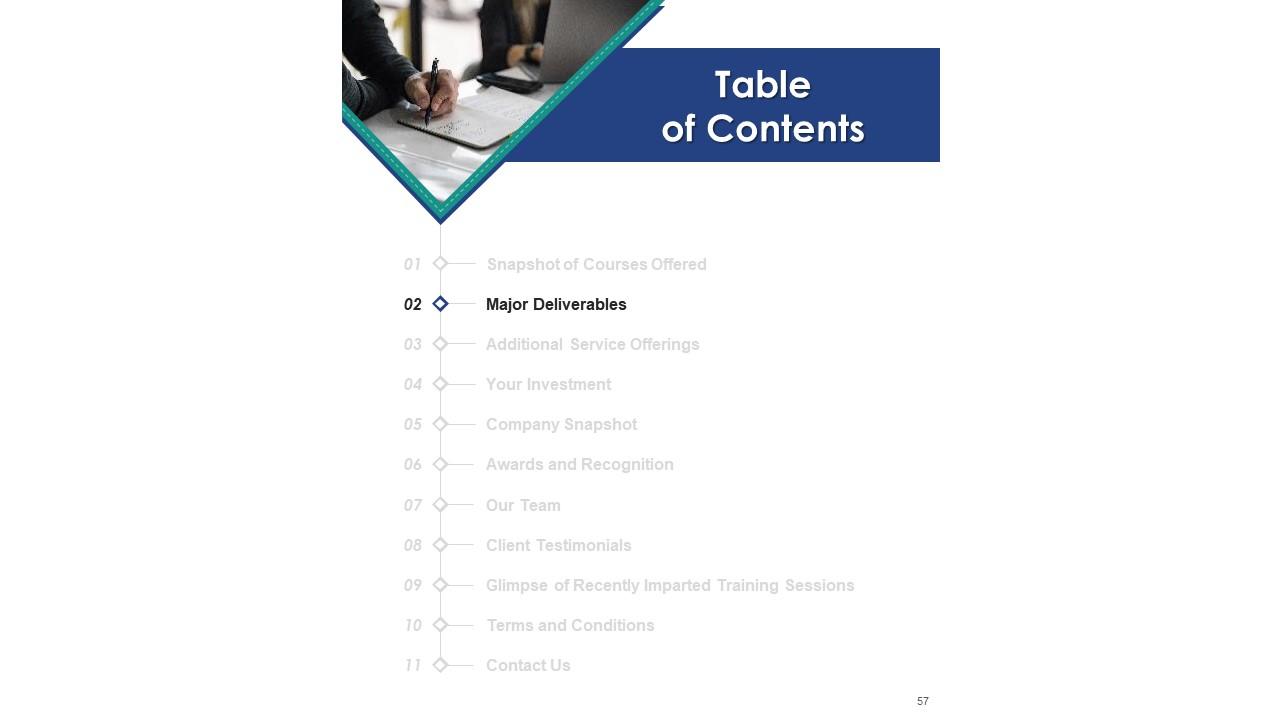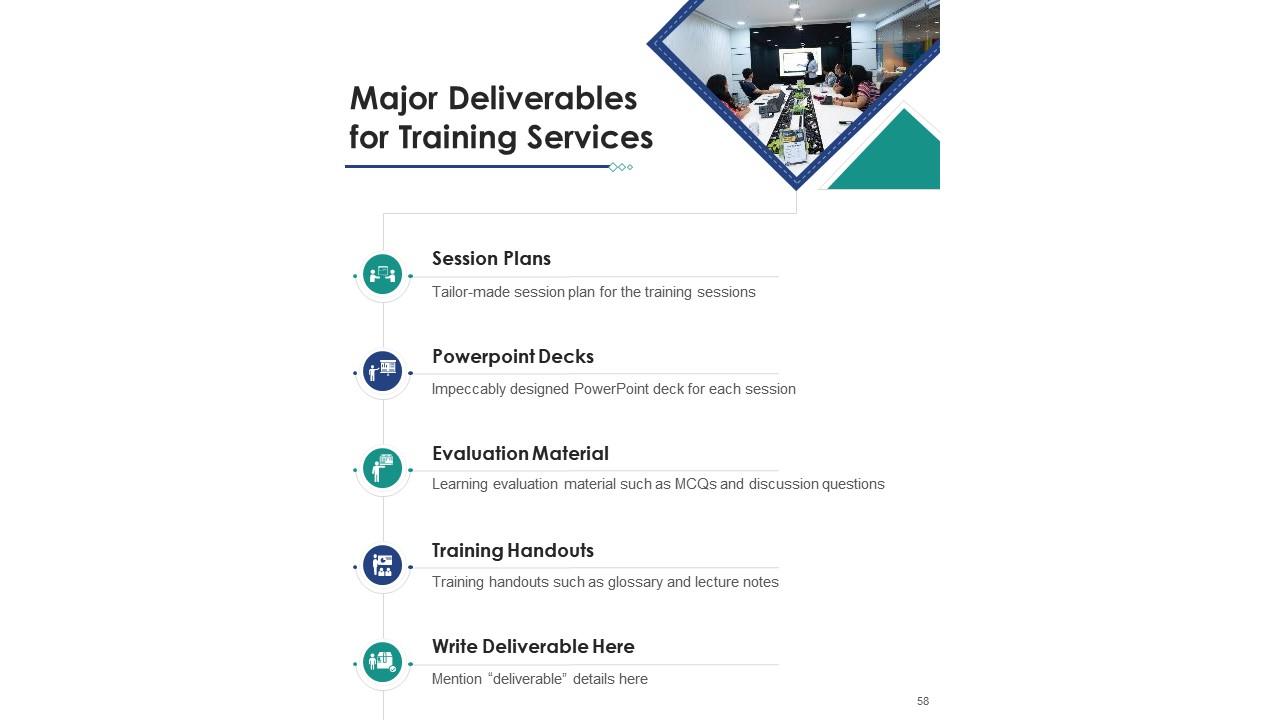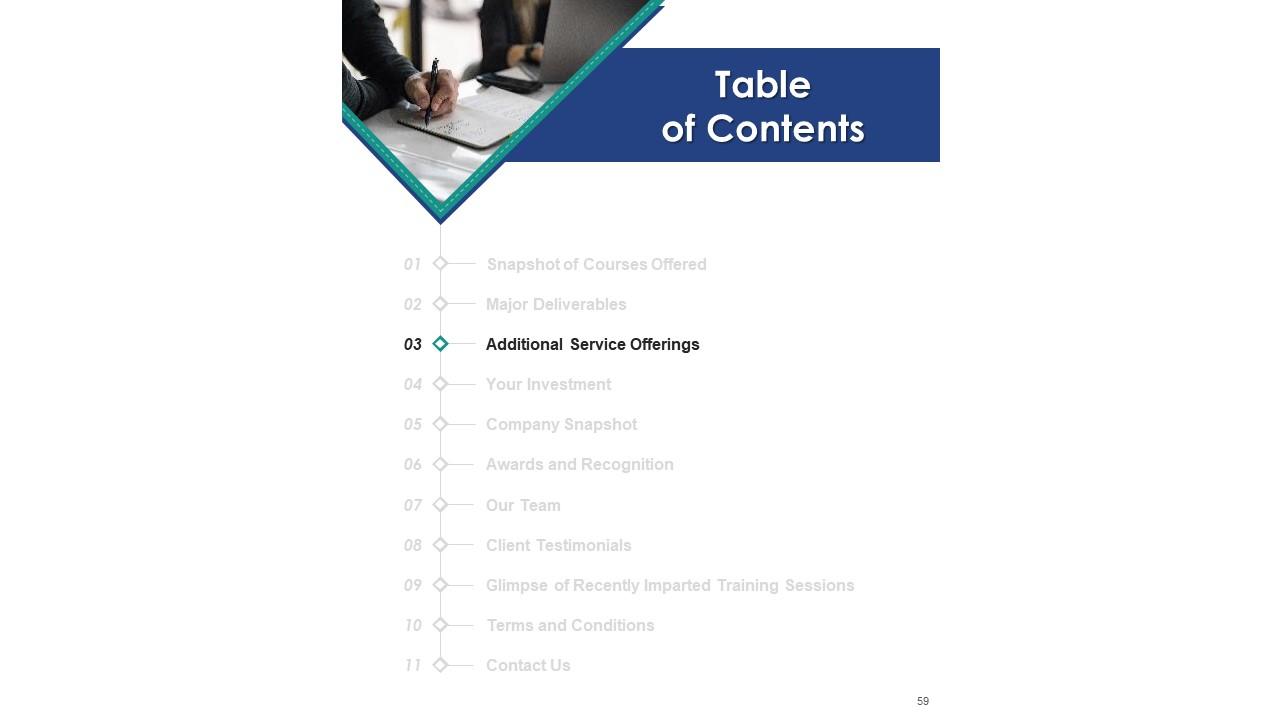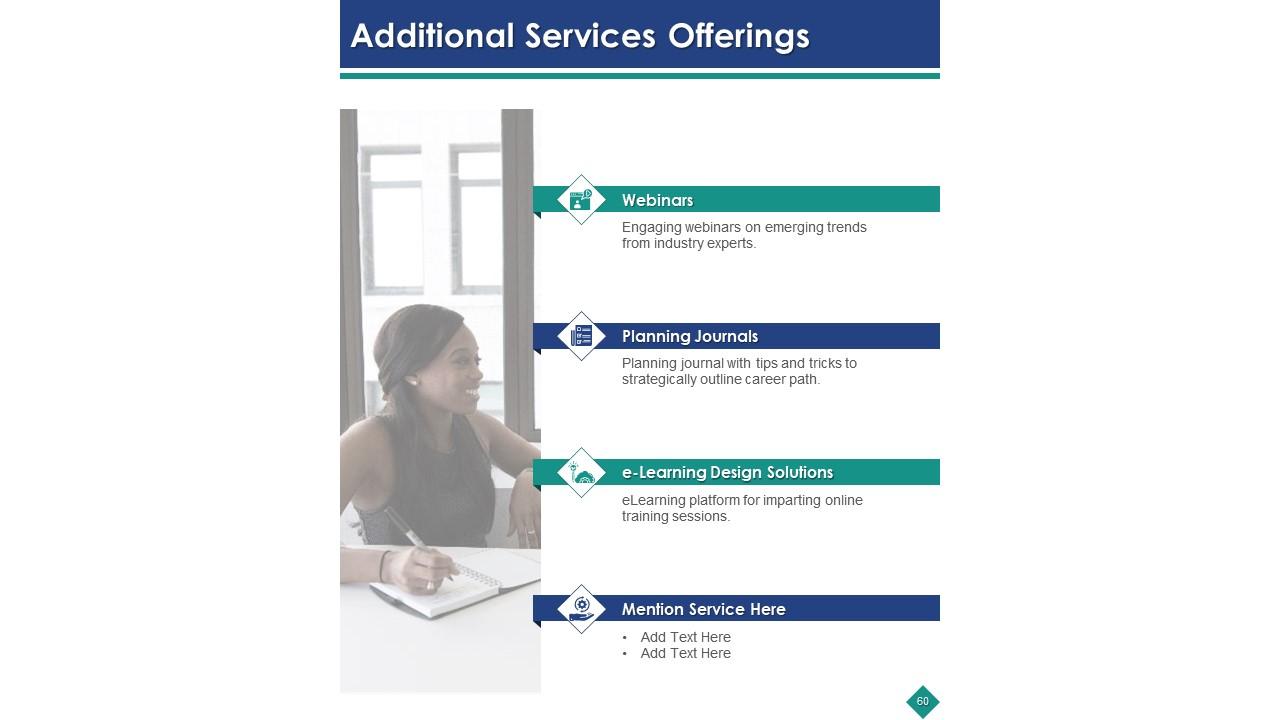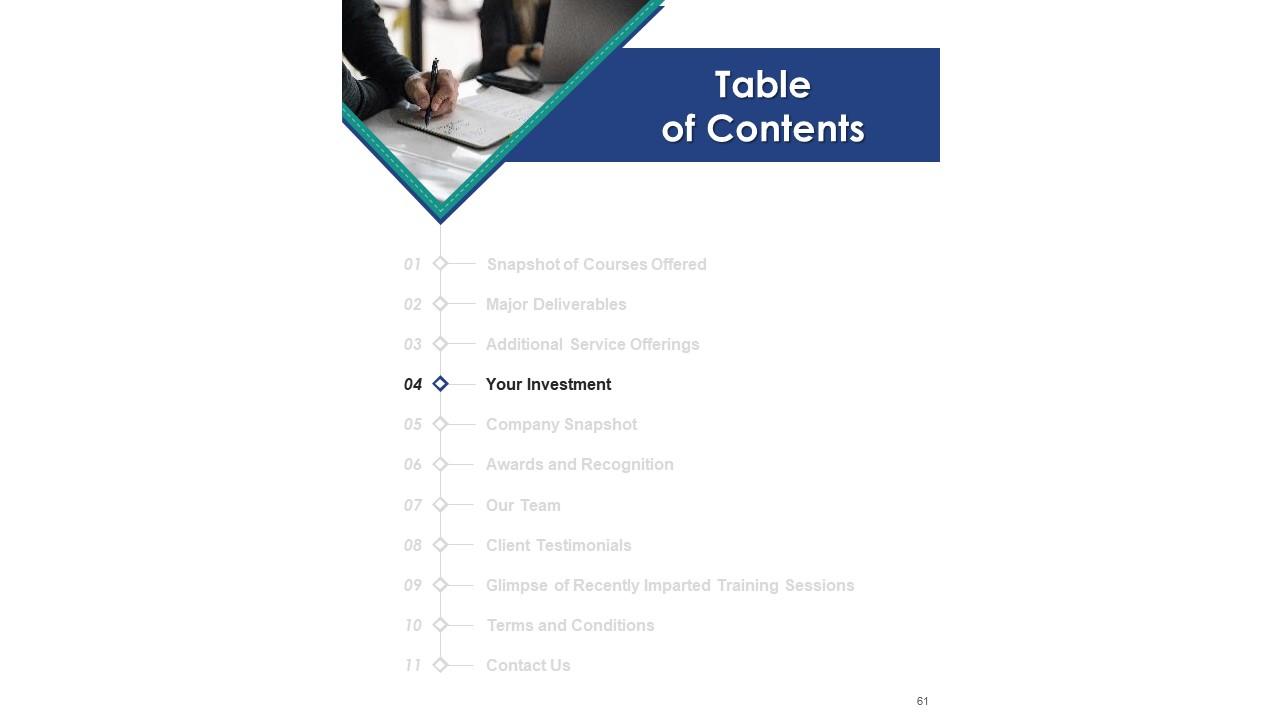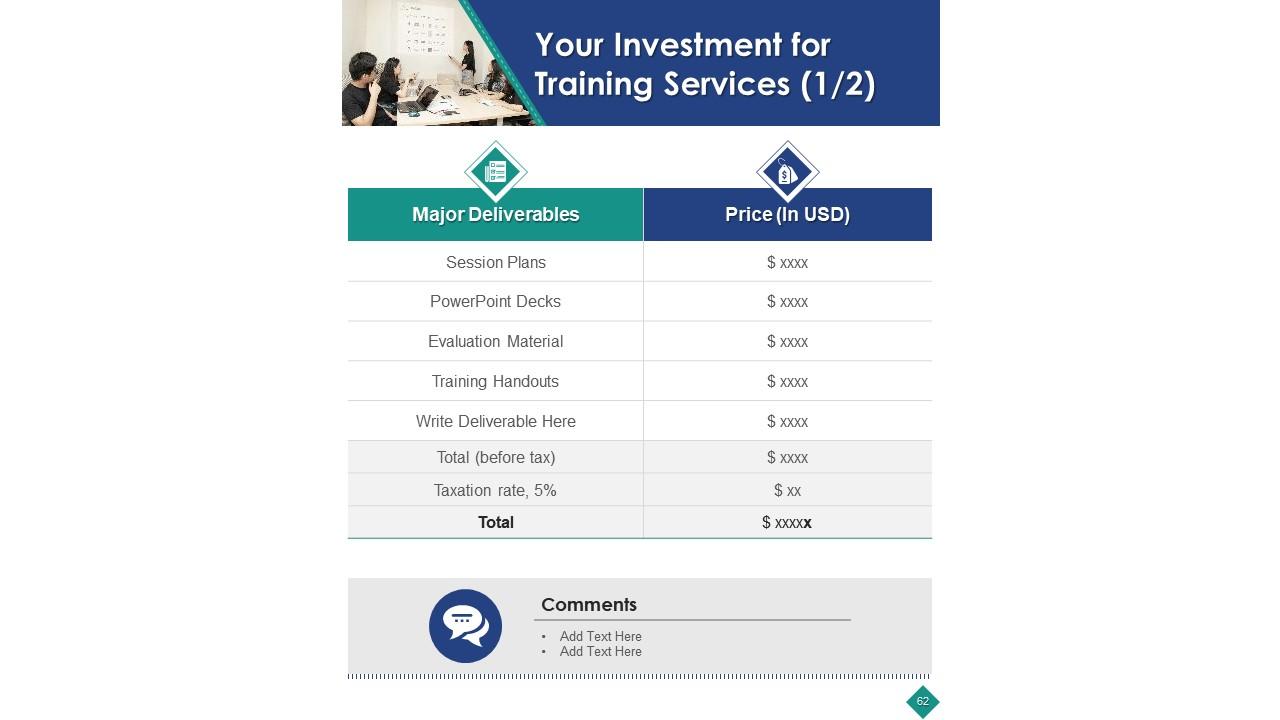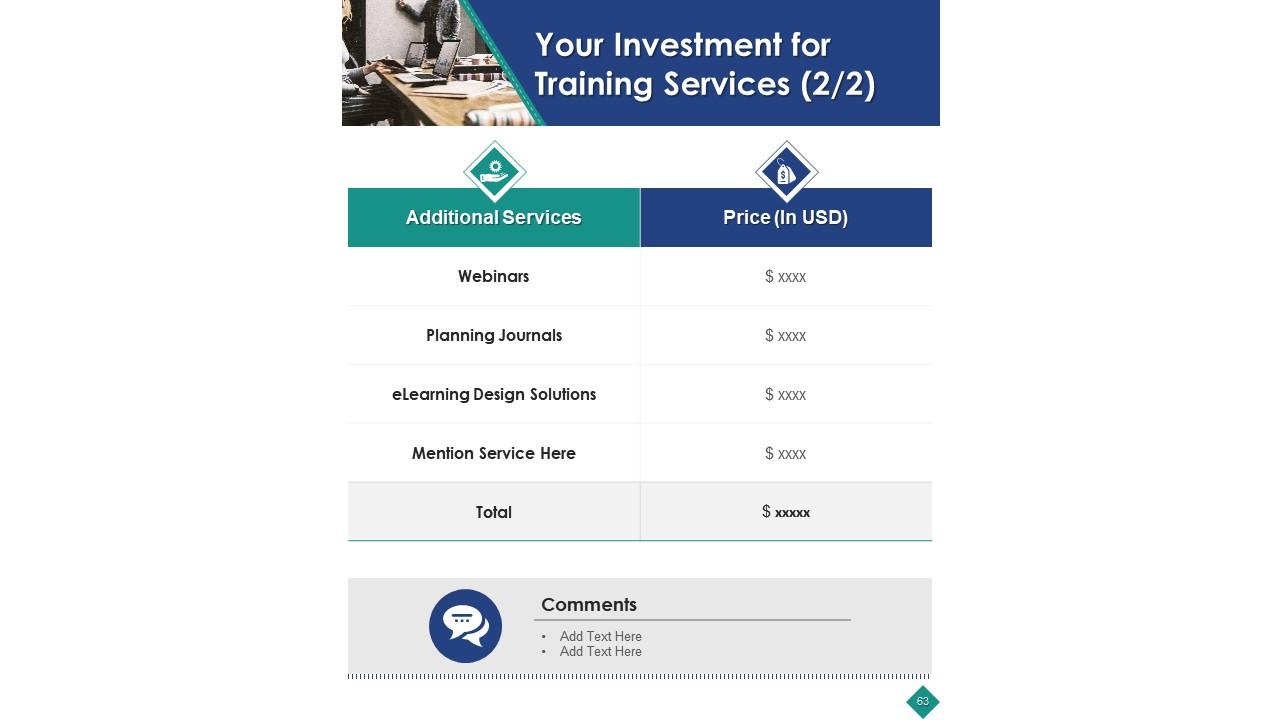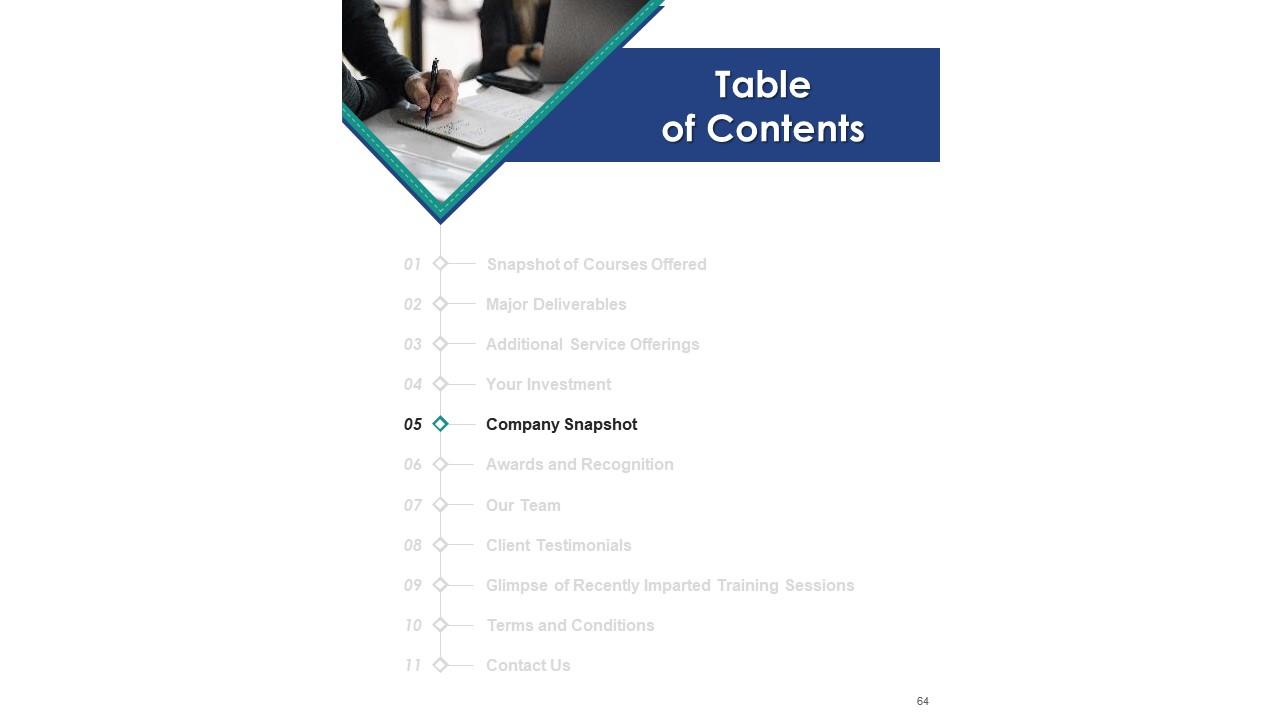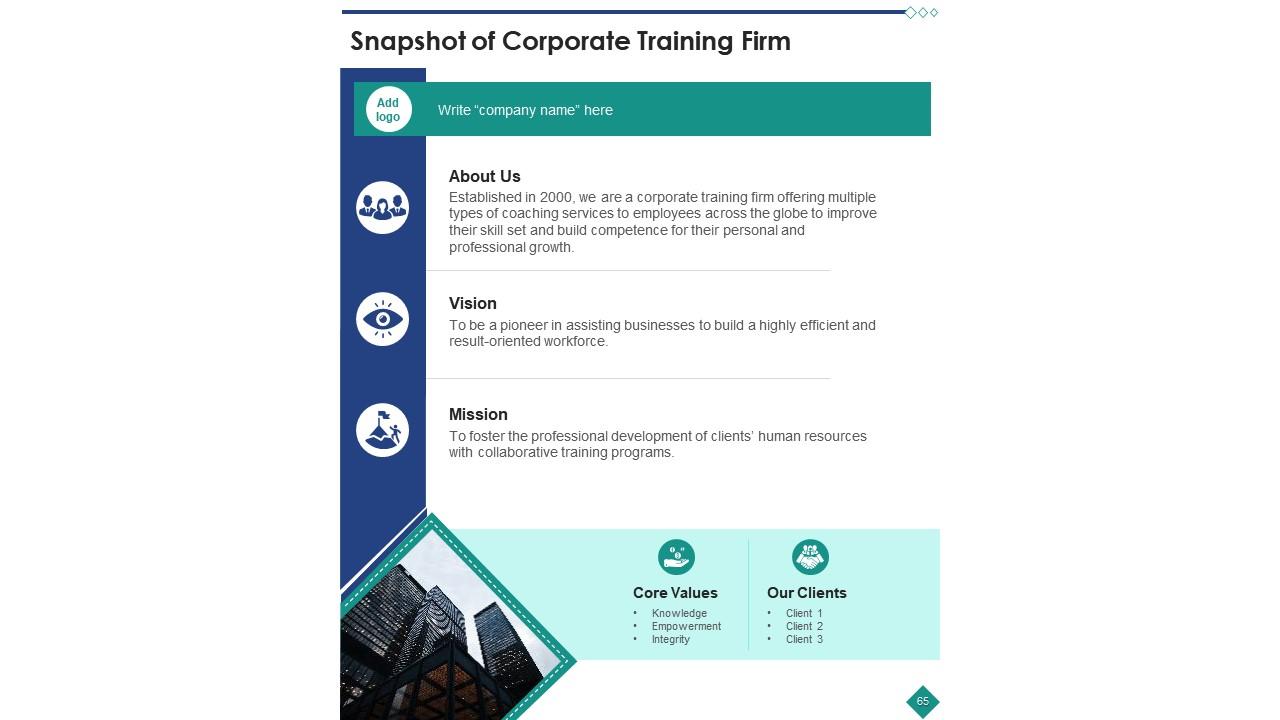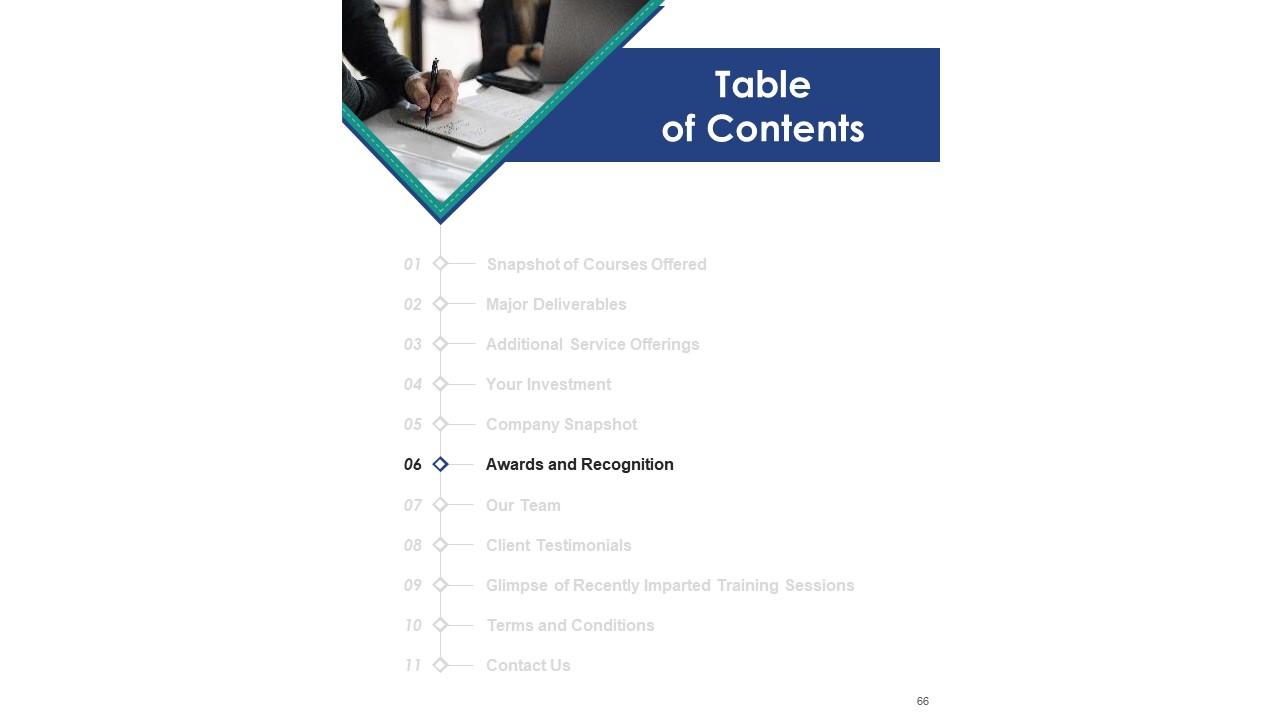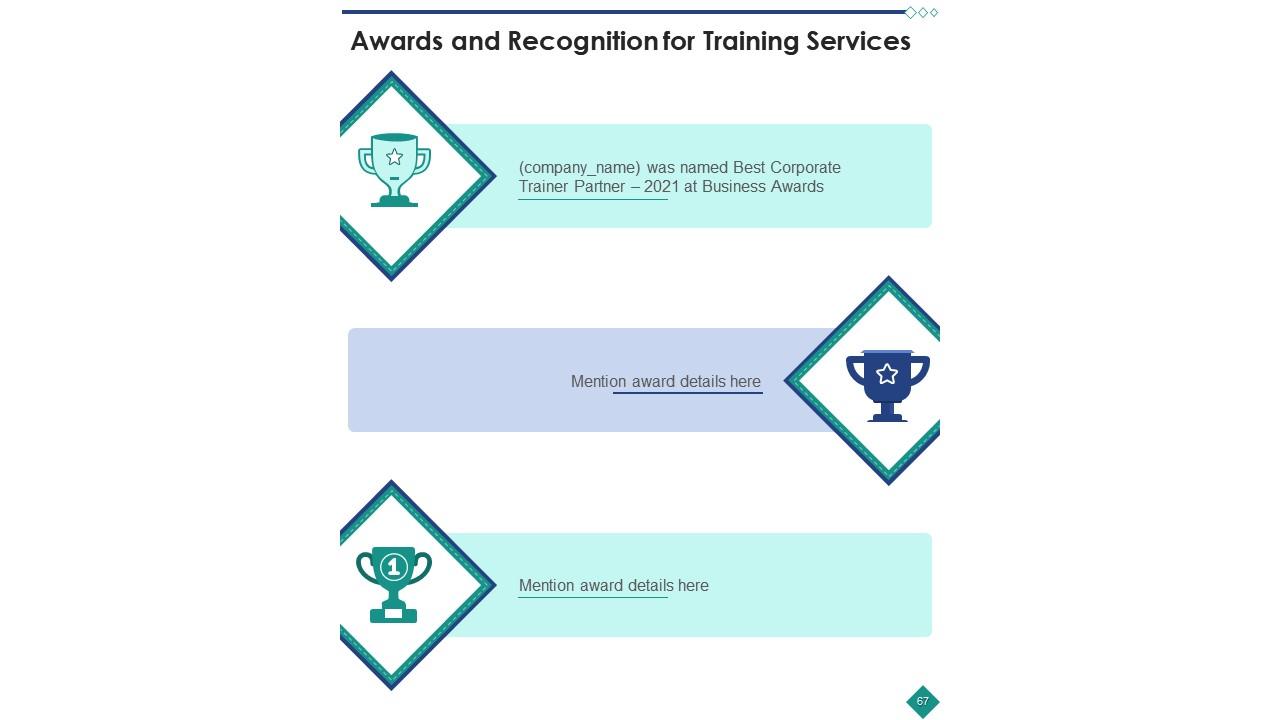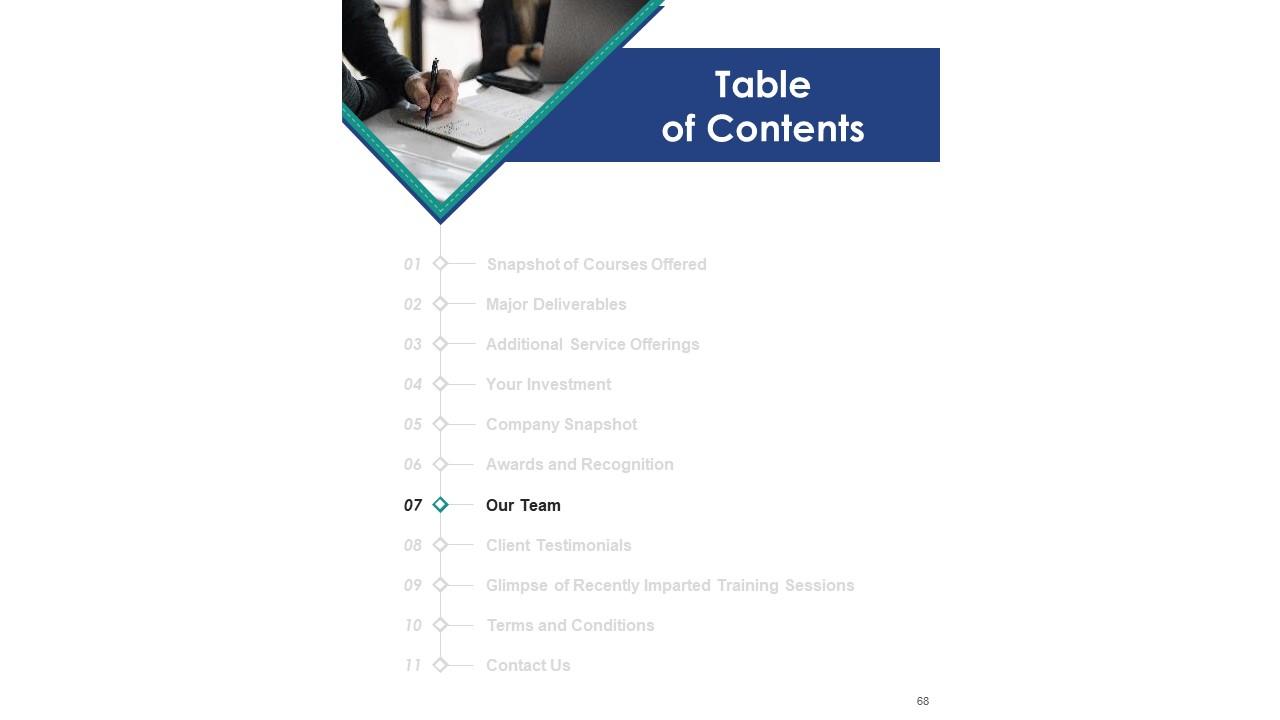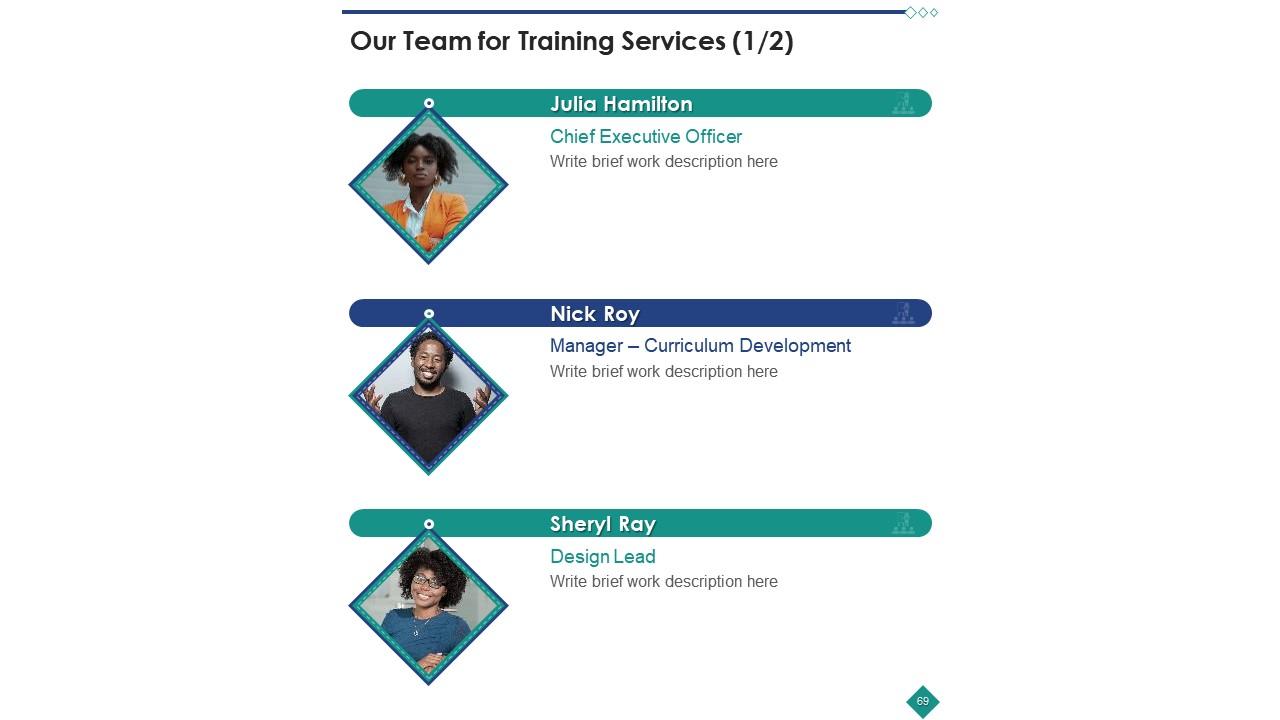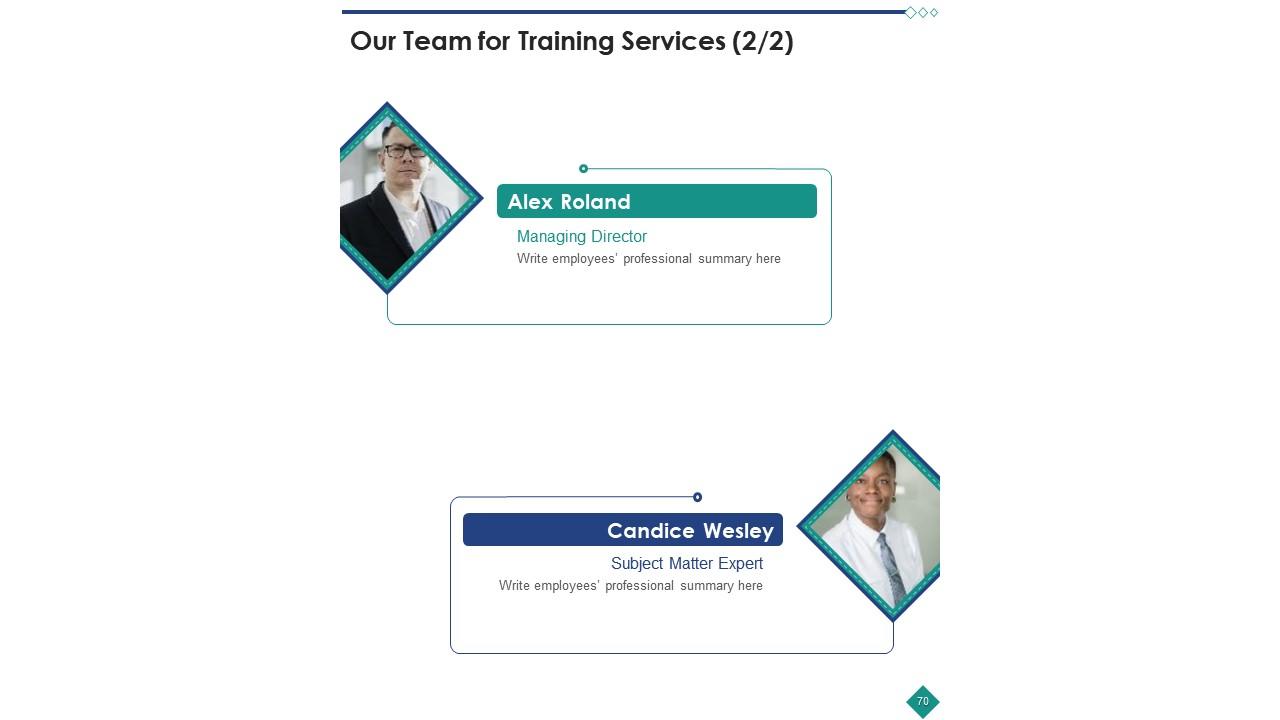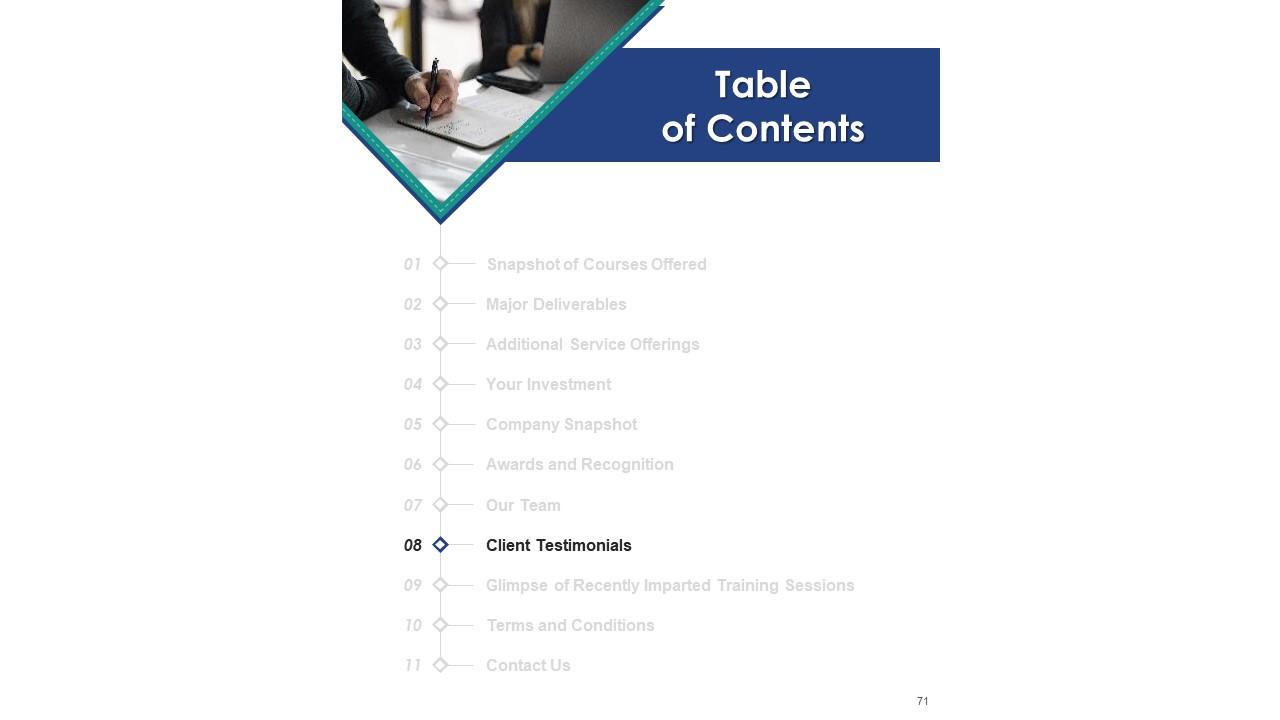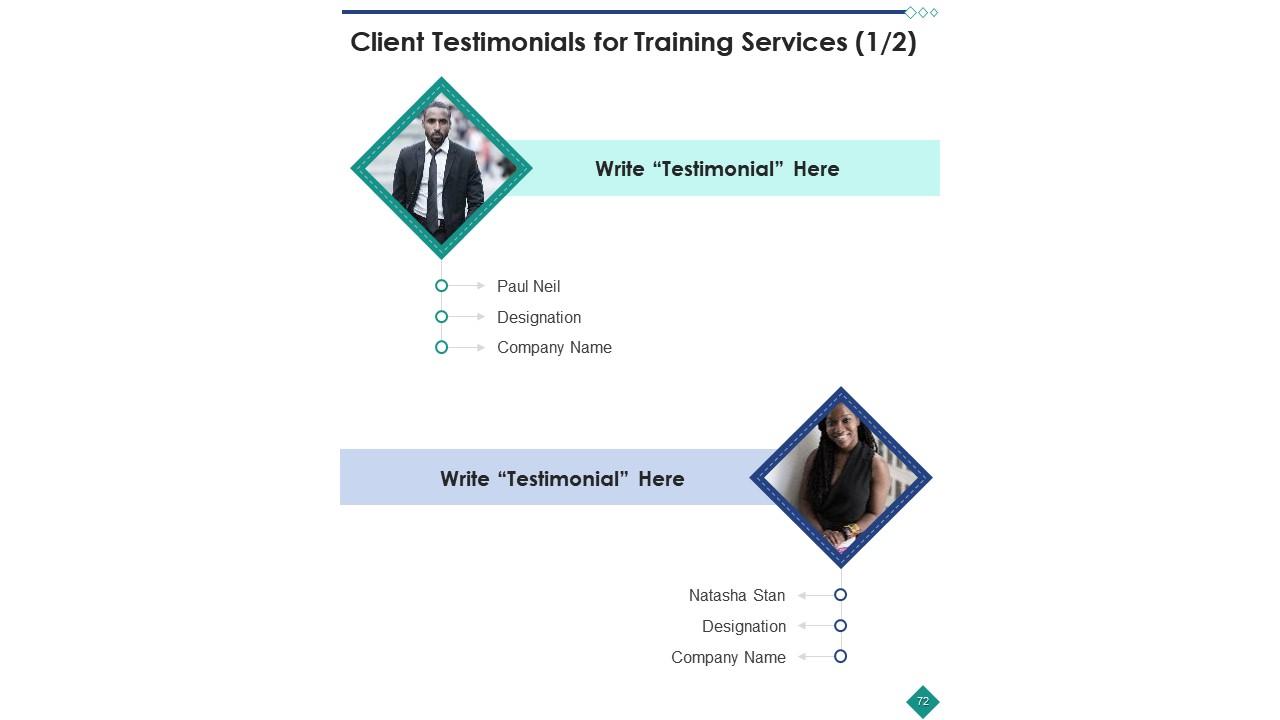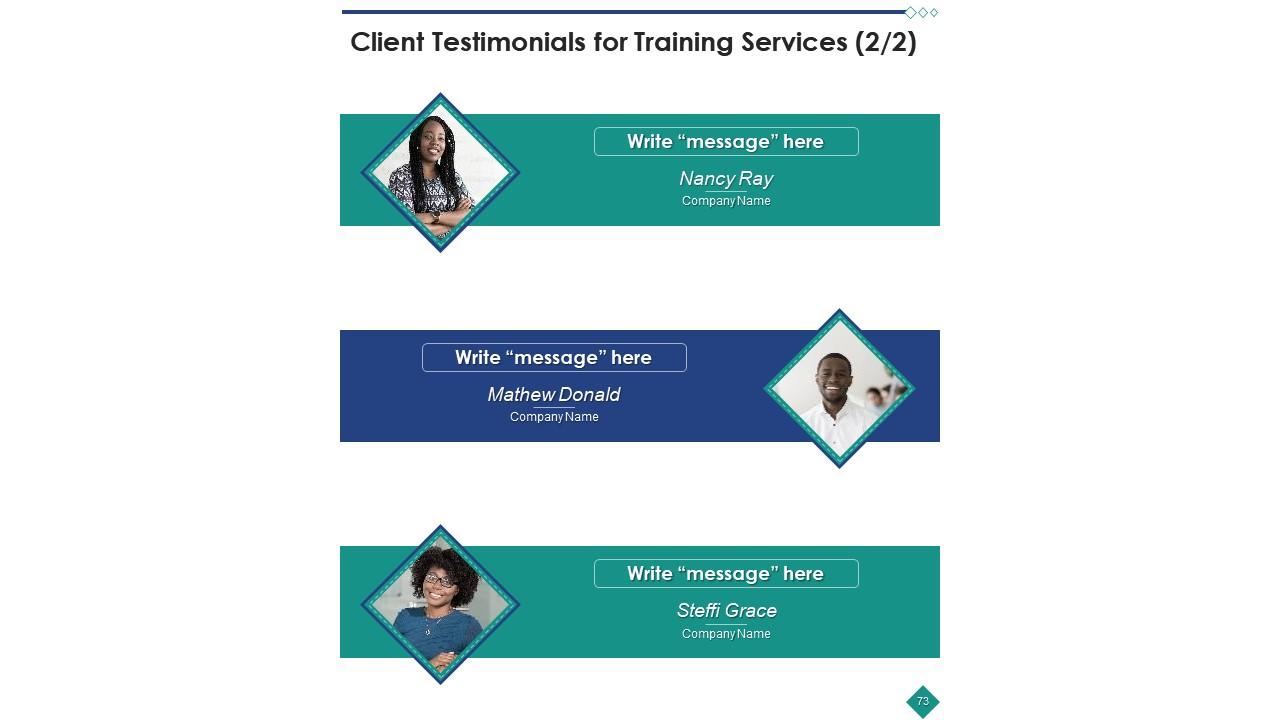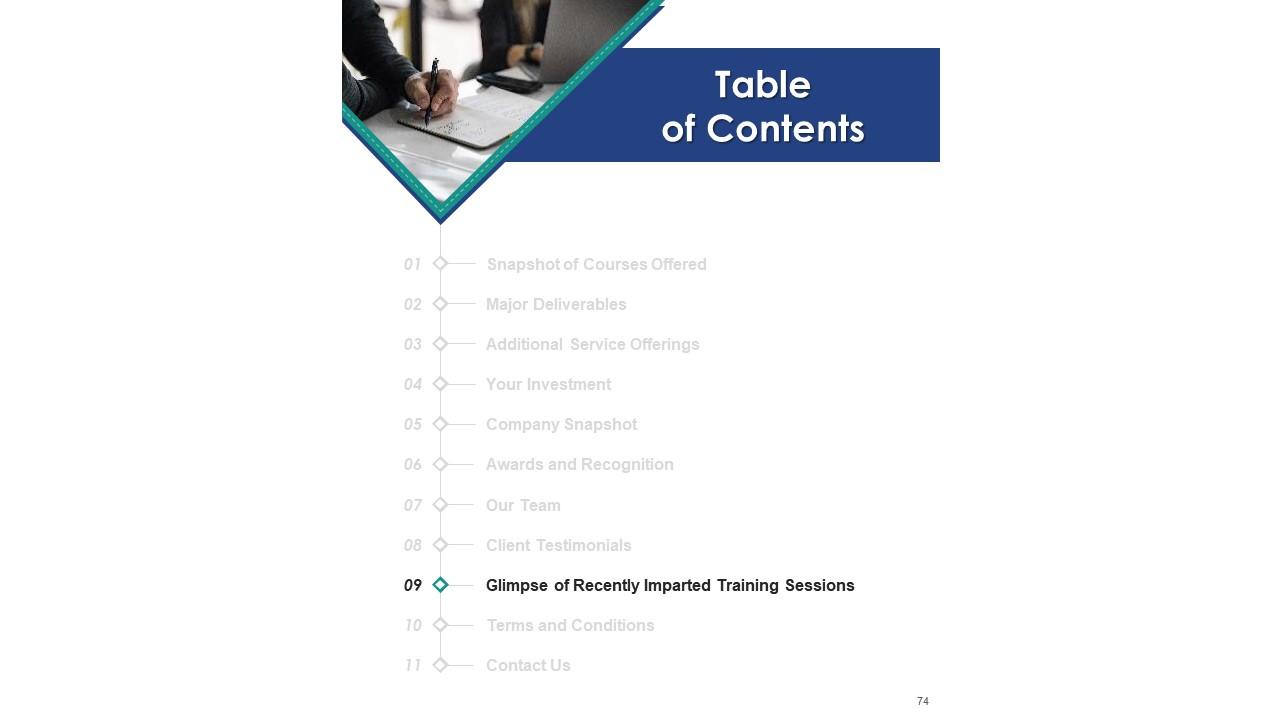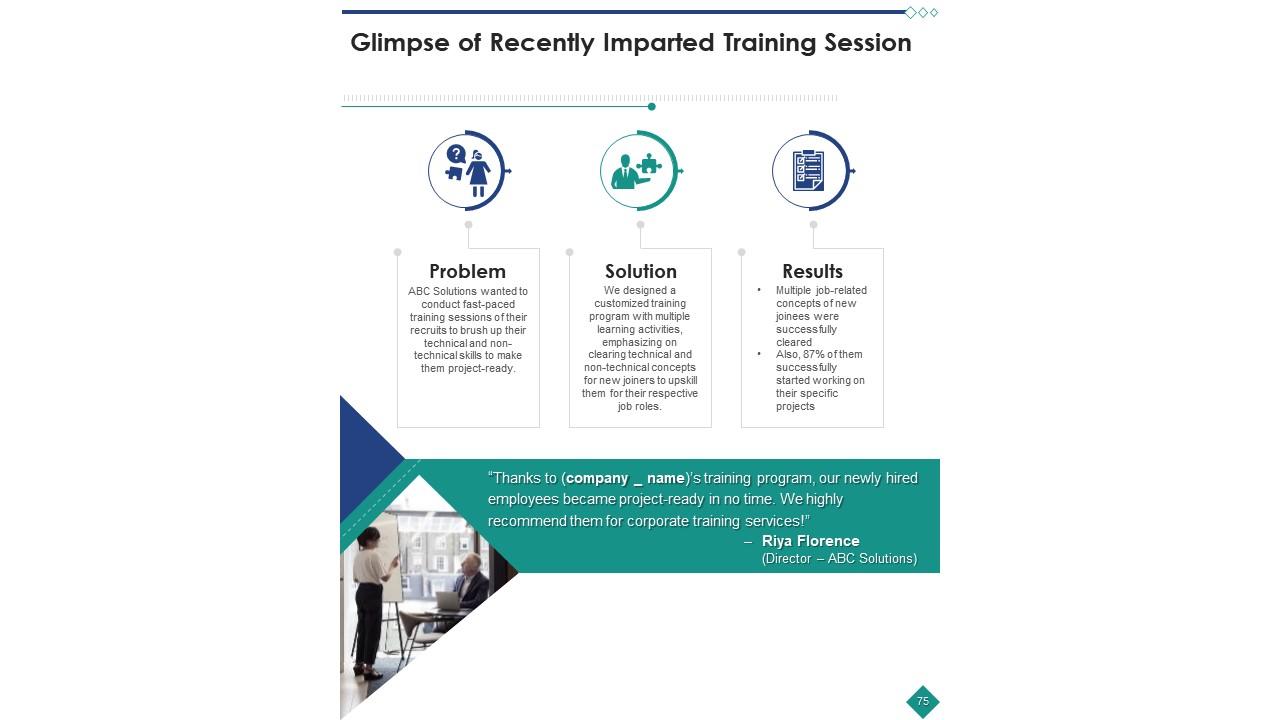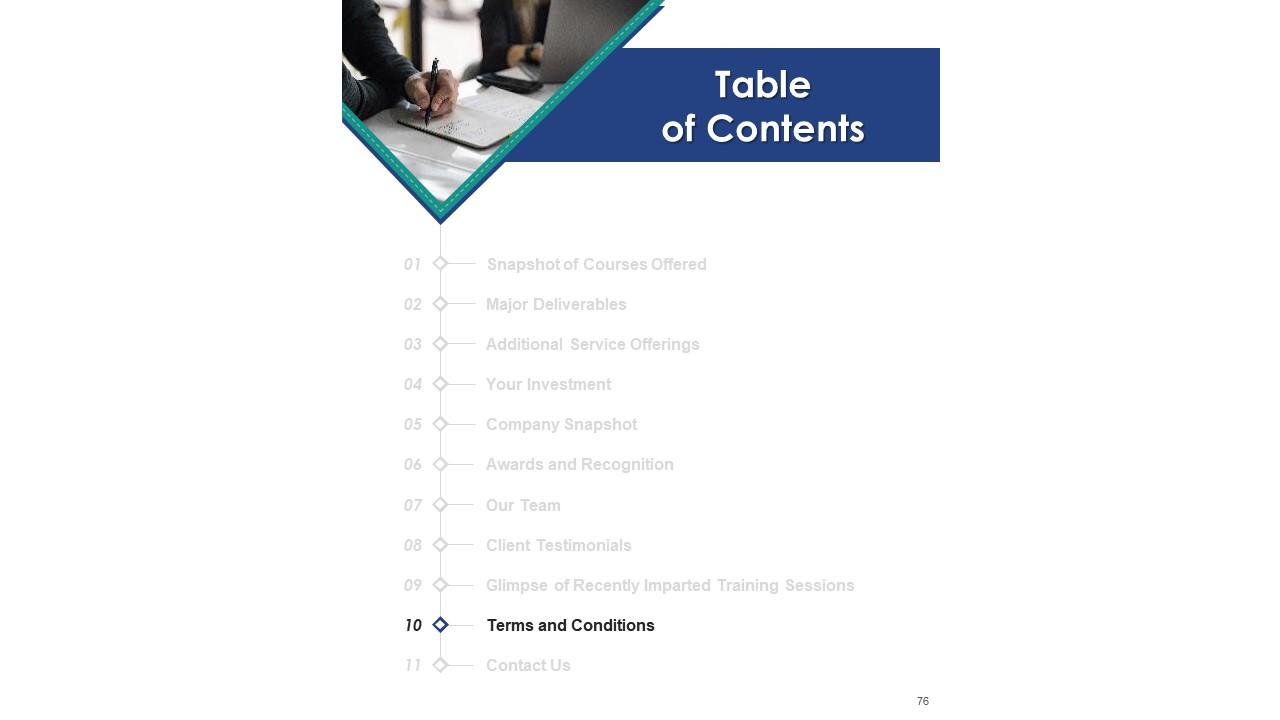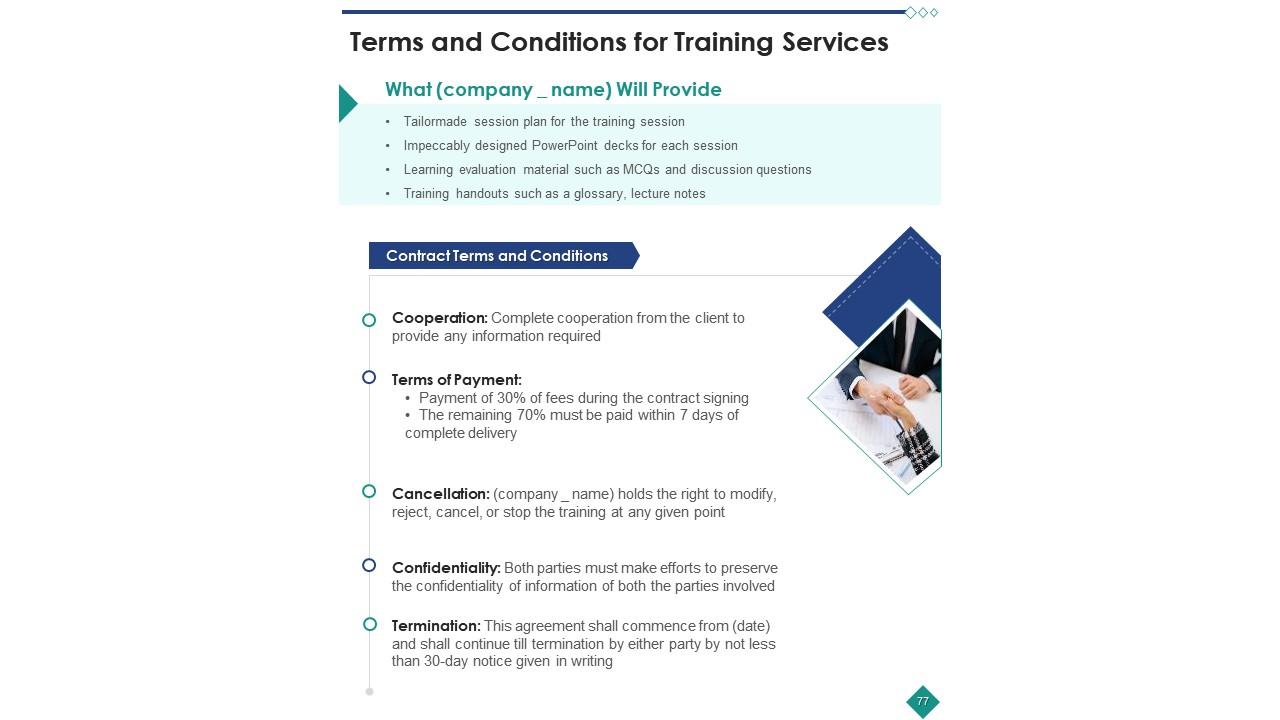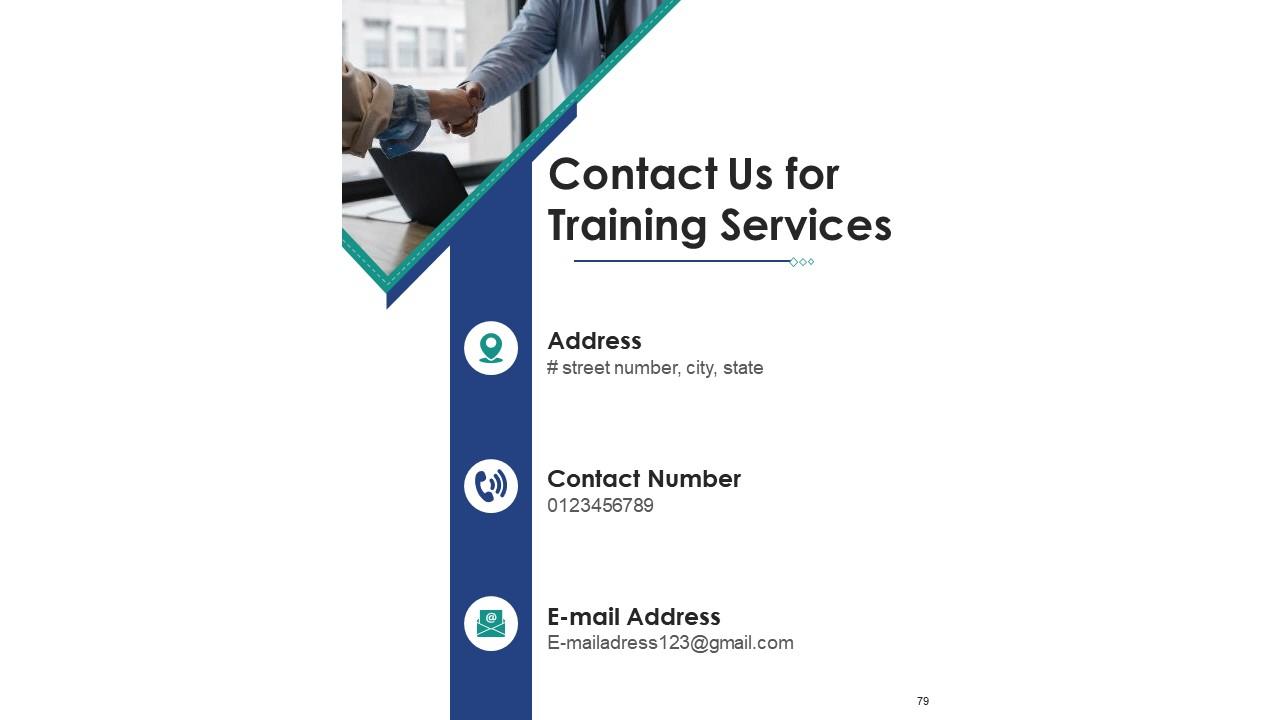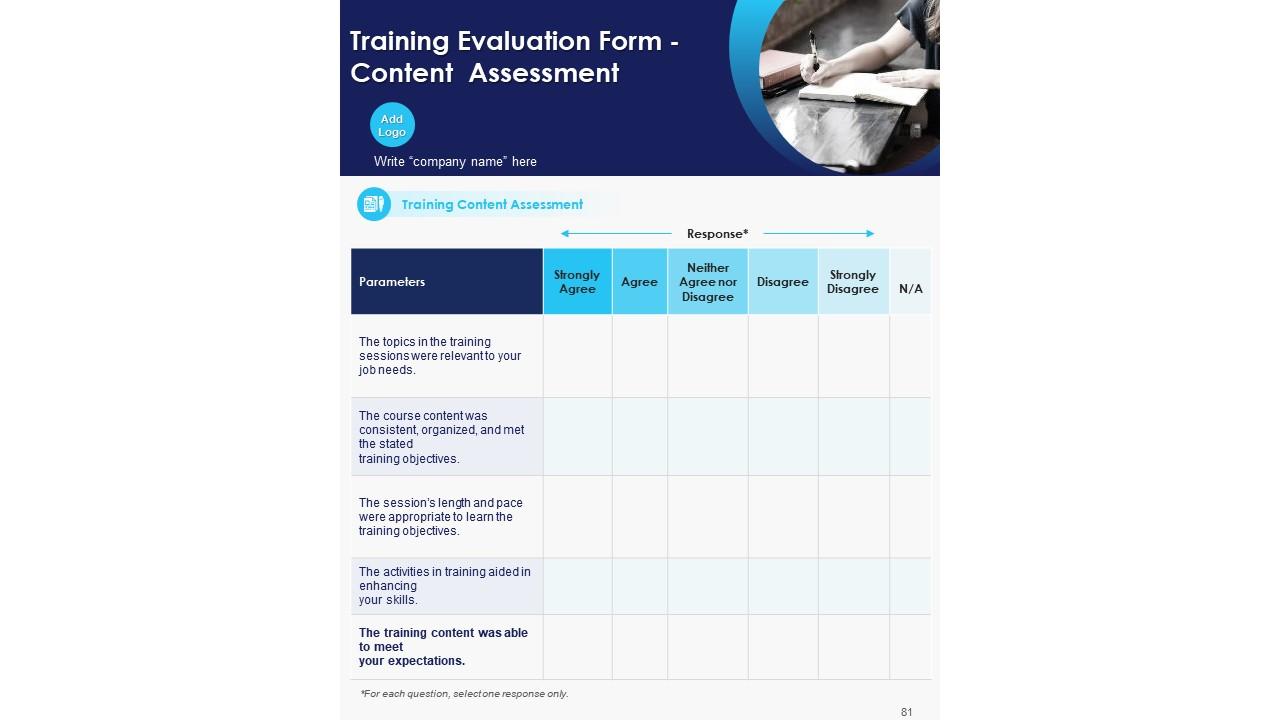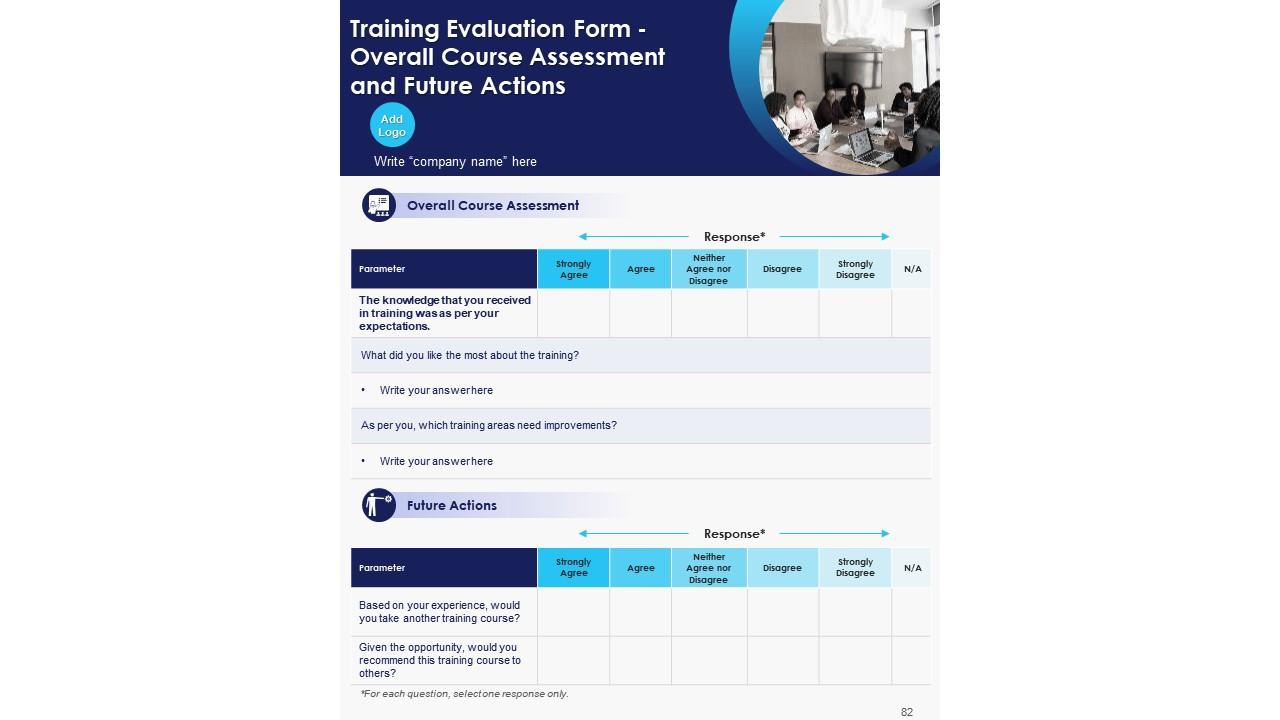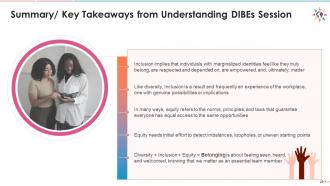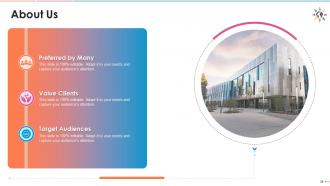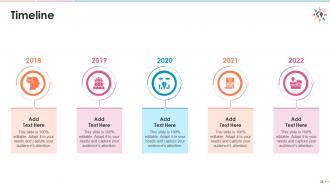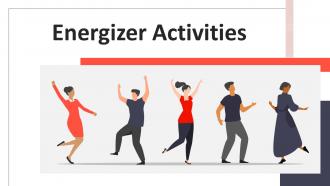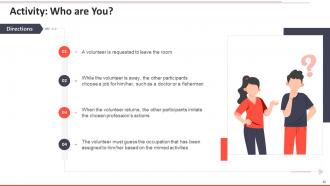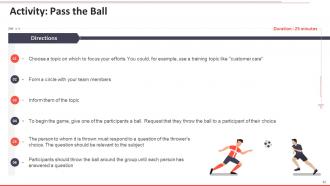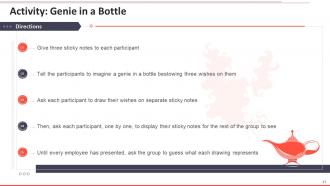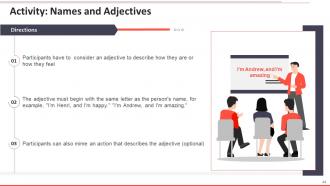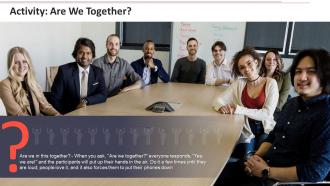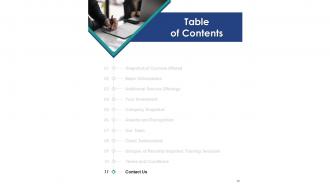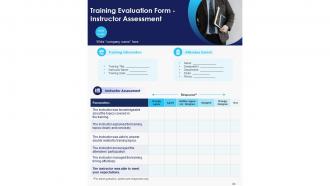Training module on understanding dibe diversity, inclusion, belonging, and equity
This Training Module deals in detail with the issues of Diversity, Inclusion, Belonging, and Equity. It explains Diversity and Inclusion and why they are desirable to have in an organisation. It also explains how organisations can develop the sense of belongingness among a diverse workforce. The Training Module also deals with the twin concepts of Equity and Equality, how they are different and how Equity is the goal for organisations having a diverse workforce. It also explains Process Model of Diversity and Hofstedes Cultural Dimensions Theory. This Training Module can be used to sensitise the trainees on various aspects of Diversity and Inclusion. It is equally effective in setting up of the organisational goals by top management. This module is designed by experts to deliver a power packed experience to the trainees. It also contains helpful collaterals like Diversity and inclusion posters, mailers, client proposal template etc.
This Training Module deals in detail with the issues of Diversity, Inclusion, Belonging, and Equity. It explains Diversity ..
- Google Slides is a new FREE Presentation software from Google.
- All our content is 100% compatible with Google Slides.
- Just download our designs, and upload them to Google Slides and they will work automatically.
- Amaze your audience with SlideTeam and Google Slides.
-
Want Changes to This PPT Slide? Check out our Presentation Design Services
- WideScreen Aspect ratio is becoming a very popular format. When you download this product, the downloaded ZIP will contain this product in both standard and widescreen format.
-

- Some older products that we have may only be in standard format, but they can easily be converted to widescreen.
- To do this, please open the SlideTeam product in Powerpoint, and go to
- Design ( On the top bar) -> Page Setup -> and select "On-screen Show (16:9)” in the drop down for "Slides Sized for".
- The slide or theme will change to widescreen, and all graphics will adjust automatically. You can similarly convert our content to any other desired screen aspect ratio.
Compatible With Google Slides

Get This In WideScreen
You must be logged in to download this presentation.
PowerPoint presentation slides
Presenting Training Module on Diversity and Inclusion Understanding DIBE Diversity, Inclusion, Belonging, and Equity. This presentation deck contains 18 well researched and uniquely designed slides. These slides are 100 percent made in PowerPoint and are compatible with all screen types and monitors. They also support Google Slides. Premium Customer Support available. Suitable for use by managers, employees and organizations. These slides are easily customizable. You can edit the colour, text, icon and font size to suit your requirements.
People who downloaded this PowerPoint presentation also viewed the following :
Content of this Powerpoint Presentation
Slide 3
The slide highlights the multiple learning objectives of the “Understanding DIBE (Diversity, Inclusion, Belonging, and Equity)” training session.
Slide 6
This slide covers a brief description of diversity. It also depicts that Diversity refers to what distinguishes each of us and includes our cultures, personalities, life experiences, and views, as well as everything else that makes us who we are.
Instructor's Notes:
To better comprehend and describe diversity, we might consider it in a societal context. For example, at work, we may engage with employees of diverse genders, ages, and beliefs. Similarly, kids at school may come from diverse socioeconomic backgrounds and have varied personalities and physical talents.
Slide 7
This slide covers a brief description of inclusion at work place. It also depicts that Inclusion is the process of ensuring that all people have equal access to opportunities and resources.
Slide 8
This slide covers a brief description of equality and equity. It also depicts that equality achieves the desired outcome by treating everyone equally, regardless of need, whereas equity accomplishes this by treating people differently based on their needs.
Instructor's Notes:
Resumes with “white-sounding” names (“Tom,” “Jennifer”) receive more attention than resumes with foreign or Black-sounding names. It is critical for recruiting managers to notice these tendencies, assess their prejudices, and aggressively combat discrimination during the hiring process. This type of focus on recruiting for diversity helps create the groundwork for a fairer working environment.
Slide 9
This slide covers a brief description of Belonging. It also depicts that Diversity plus Inclusion plus Equity is equal to Belonging.
Instructor's Notes:
Diversity is being invited to a party without having to hunt it down, inclusion has music to dance to without being criticized for the skills, and equity is being allowed to dance without barriers to entry. Belonging is the place in the center.
Slide 11
This slide covers the positive facts of diversity, inclusion, belonging and equality & equity practices on the overall business.
Slide 12
This slide covers the benefits of making organization diversified. It also depicts that Diversity, inclusion, belonging and Equality & Equity practices create a learning environment.
Slide 13
This slide covers steps to diversify the company such as focusing on multiple groups, utilizing social media to showcase the workplace diversity, etc.
Slide 14
This slide covers a process model diversity diagram including dimensions of diversity, interpersonal processes and group dynamics, task-relevant processes, decision making, and outcomes
Instructor's Notes:
(Path A) This negative correlation ultimately results in adverse outcomes because of the positive relationship between the quality of interpersonal processes and group dynamics with outcomes (path C)
E.g.: gender and racial diversity in a workgroup foster more interpersonal conflict, resulting in lower job satisfaction, higher turnover, and lower productivity.
According to studies on the information/decision-making theory, the degree of diversity in a workgroup is related to task-relevant processes and decision-making (Path B), which leads to favorable outcomes (path D).
In this scenario, gender and racial diversity result in beneficial outcomes because it improves task-related processes and decision-making.
Slide 16
This slide covers the primary and secondary dimensions of diversity. It also depicts usage of both these phrases because it is challenging to discuss inclusion without addressing its connection with diversity.
Instructor's Notes:
In primary dimensions of diversity age, ethnic background, gender, mental/physical abilities, traits, race, and sexual orientation are all factors to consider. These six distinctions are referred to as crucial dimensions of variety because they have a significant influence on our early socialization and a powerful, long-term impact on our experiences, values, assumptions, and expectations at all stages of life.
Secondary dimensions of diversity include, but are not limited to, the components depicted in the outside circle. Secondary dimensions, in general, are less apparent and may contain a more substantial element of choice.
Slide 17
This slide covers four layers of diversity dimension approach such as personality, internal & external dimensions, and lastly, organizational dimensions.
Slide 18
This slide covers framework for achieving excellence through equity, diversity, and inclusion in organization. It also depicts that diversity and inclusion excellence are means to emerge equity- minded organization.
Instructor's Notes:
Diversity is widely acknowledged as an essential factor in achieving workplace performance. To achieve inclusion, businesses should practice intentional inclusion and equity-mindset at the same time. A culture can be recognized and critically built-in which diversity is a strategic priority and inclusion is intended. This allows the benefits of diversity to be recognized, realized, and utilized. Only then will a diversified workforce be able to reach its full potential.
Slide 19
This slide covers the details on Hofstede's cultural dimensions theory. It includes what is Hofstede's cultural dimensions theory and six cultural dimensions
Instructor's Notes:
What is Hofstede's Cultural Dimensions Theory?
The collective mental programming differentiates members of one group or type of individuals from others. (Geert Hofstede, Dutch cultural researcher) As a result, culture is a psychological program shared by many people with similar social experiences and education.
Different groups, nations, or regions of individuals will have different standard psychological programs because they have different education, culture, and employment, and hence have different ways of thinking.
Hofstede’s Six Cultural Dimensions Theory
Using questionnaires, Hofstede's team examined 72 nations (from 106 at the time). The final poll findings were separated into six main value aspects. Since the 1980s, this theory has been continually expanded and refined, becoming an essential reference for numerous studies and assessments of human behavior in nations.
The six dimensions are:
- Power distance: is defined as the acceptance of power control by a society's inhabitants: The higher the score, the higher the acceptance
- Individualism Vs. Collectivism: society as a whole can be concerned either with the interests of individuals or the collective interests. The higher the score, the greater the value placed on Individualism
- Masculinity / Femininity: It is mostly determined by males' and females' social leadership abilities—the greater the score, the more noticeable the Masculinity. On the contrary, it shows that society's femininity is exceptional.
- Uncertainty Avoidance: refers to a society's ability to prevent the occurrence of unknown events, whether by attempting to influence the future or by letting it happen and accepting the future. The higher the score, the greater the likelihood of avoiding uncertain events
- Long Term Orientation: It refers to the willingness of people of a society to postpone satisfaction of their financial, emotional, and social demands. The greater the score, the more vital it is to prioritize the long term above the immediate term
- Indulgence/Restraint: It relates to the extent to which a society accommodates people's fundamental necessities as well as their desire to enjoy life and pleasure. The greater the value, the less constraining the society's hold on its members and the more permitted it is to indulge
Slide 20
This slide covers Hofstede's cultural dimensions, and their definitions with some examples.
Slide 23
This slide showcases the activities calendar to promote diversity and inclusion at the workplace. It includes details of each activity along with the date on which it will be conducted.
Instructor’s Notes:
- Potluck Lunch: Organize inter-team lunch in which employees will bring food items of their respective cultures
- Look At the Book: Allocate influential D&I books to employees and ask them to share their learnings on the day of the event
- Organize Team Party: Organize a team party where employees can get to know each other better in an informal environment
- Diversity Week: Organize diversity week in which employees from different departments will spread awareness about D&I importance using the visual medium
Slide 24
This slide showcases the posters to promote diversity and inclusion at the workplace.
Slide 25
This slide showcases the posters to spread awareness regarding diversity and inclusion at the workplace.
Slide 26
This slide showcases the poster to promote and spend awareness regarding cultural diversity in the organization.
Slide 27
This slide consists of a sample employee mailer for diversity and inclusion promotion in the organization.
Slide 28
This slide illustrates the employee mailer poster for diversity and inclusion awareness in the organization. It provides information regarding the advantages of High D&I.
Slides 36-51
These slides contain multiple energizer activities to keep the participants’ energy levels high throughout the session duration. They are carefully chosen to keep the participants attentive, engaged and energized. These activities are accompanied by detailed instructor notes for a successful conduct.
Sides 52-79
These slides contain a detailed proposal that can be shared by the trainer/agency with the potential clients. This sample proposal is designed to reflect trust, experience and professionalism. This comprehensive sample proposal contains sample slides like Course Snapshot, Major Deliverables, Investment Required, Company Profile, Awards and Recognition, Client Testimonials, Terms and Conditions and much more
Slide 53
This slide highlights the cover letter for the training proposal. It includes details regarding what the company providing corporate training can accomplish for the client.
Slide 56
The purpose of this slide is to showcase the multiple types of courses offered by the training company.
Slide 58
This slide indicates the major deliverables that the corporate training firm will provide to the client. The key deliverables highlighted are session plans, PowerPoint deck, evaluation material, and training handouts.
Slide 60
This slide represents the multiple additional services offered by the training firm to the client, such as webinars, planning journals, and e-learning design solutions.
Slide 62
This slide tabulates the major deliverables offered by the training company to the client along with their associated costs.
Slide 63
The purpose of this slide is to highlight the multiple additional services offered by the training firm along with their cost details.
Slide 65
This slide provides an overview of the corporate training firm's vision and mission statements, core values, and key clients.
Slide 67
This slide highlights the major awards and recognition won by the training firm for their exceptional service to clients.
Slide 69
The slide provides information regarding the team members that would be providing the training services to the client. It includes details of the trainer and their respective designations.
Slide 70
The slide provides information regarding the team members that would be providing the training services to the client. It includes details of the employees’ names and their respective designations.
Slide 72
This slide provides information pertaining to testimonials given by satisfied clients of the training firm.
Slide 73
This slide highlights the testimonials from multiple satisfied clients of the training firm providing information regarding congratulatory messages, client name, and company details.
Slide 75
This slide showcases the case study for the training proposal. It includes information regarding the problem faced by the client and solutions offered by the training firm. It also covers details of the results and client testimonial.
Slide 77
This slide provides information regarding the contract terms and conditions of the training proposal. It also includes details of deliverables that the training company will provide to the client.
Slide 79
The purpose of this slide is to provide the contact information of the corporate training firm. It includes the firm’s official address, contact number, and email address.
Slide 80
This slide highlights the training evaluation form for instructor assessment. It also includes sections to fill details of training information and attendee details.
Slide 81
This slide showcases the questions for the assessment of the training content by the attendees.
Slide 82
The slide indicates the evaluation form for course assessment. It also includes questions pertaining to the future actions of the attendees.
Training module on understanding dibe diversity, inclusion, belonging, and equity with all 82 slides:
Presenting Training Module on Diversity and Inclusion Understanding DIBE Diversity, Inclusion, Belonging, and Equity. This presentation deck contains 18 well researched and uniquely designed slides. These slides are 100 percent made in PowerPoint and are compatible with all screen types and monitors. They also support Google Slides. Premium Customer Support available. Suitable for use by managers, employees and organizations. These slides are easily customizable. You can edit the colour, text, icon and font size to suit your requirements.
-
It saves your time and decrease your efforts in half.
-
Topic best represented with attractive design.
-
Innovative and attractive designs.


